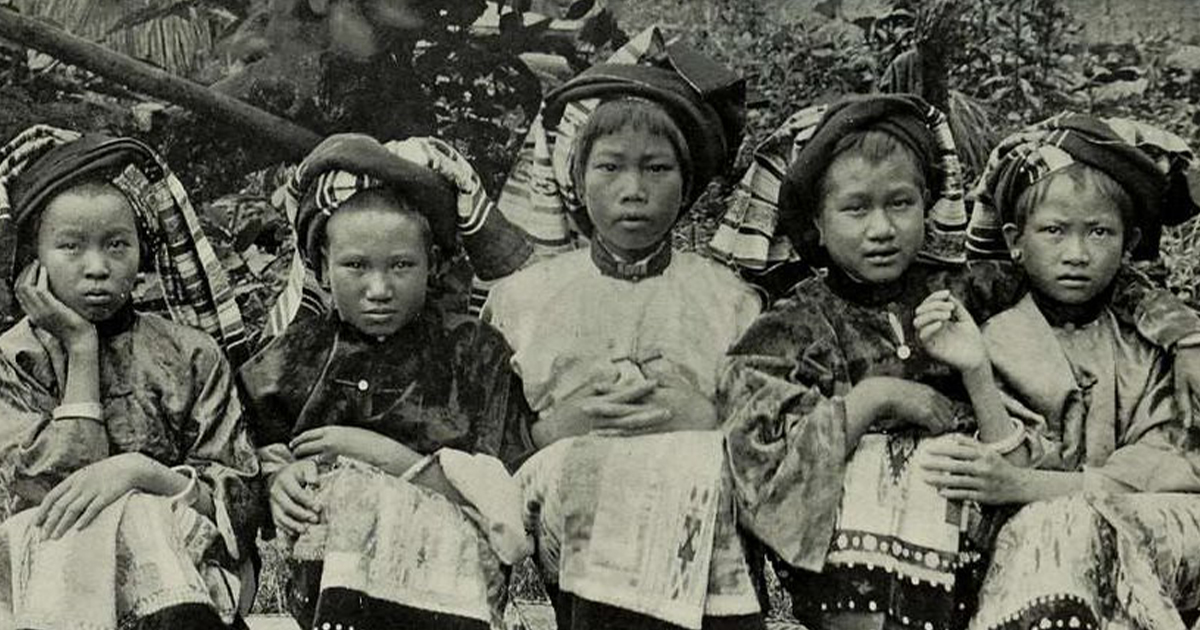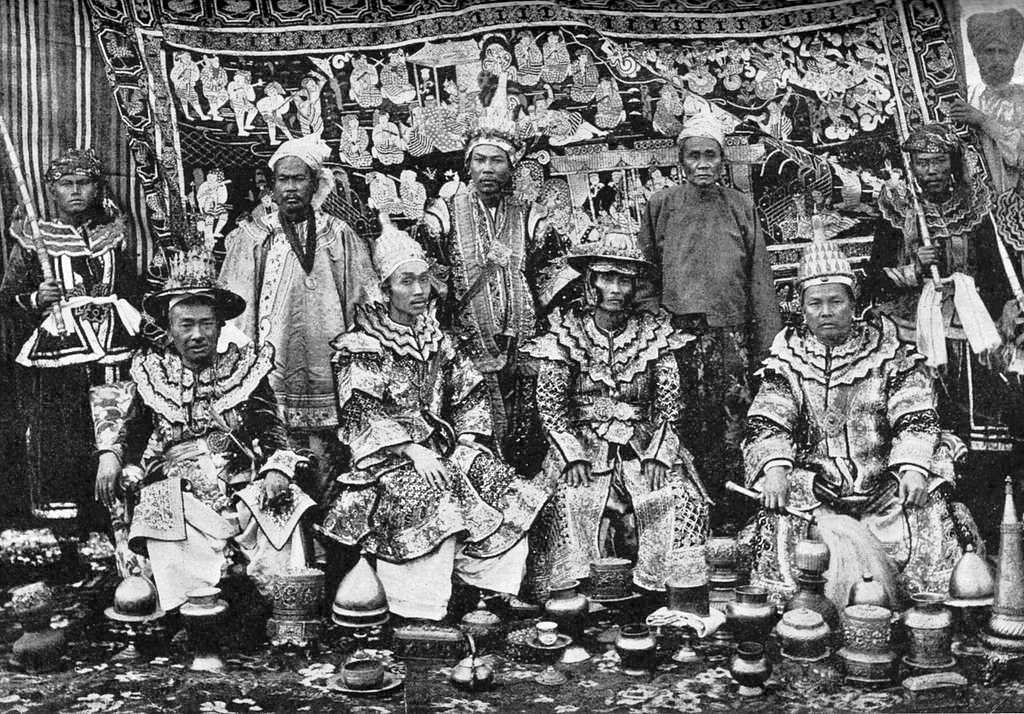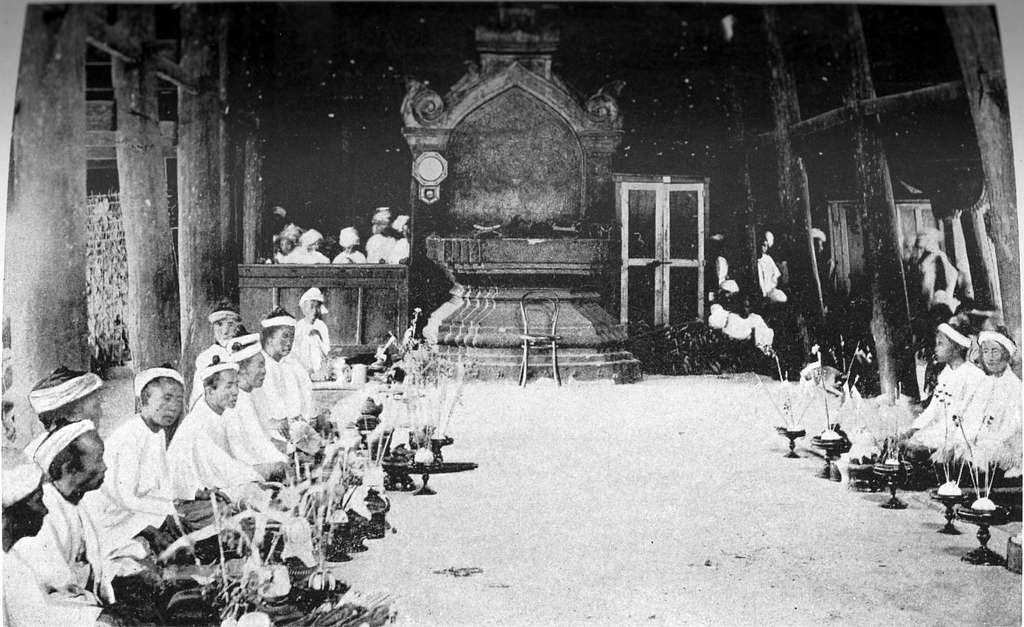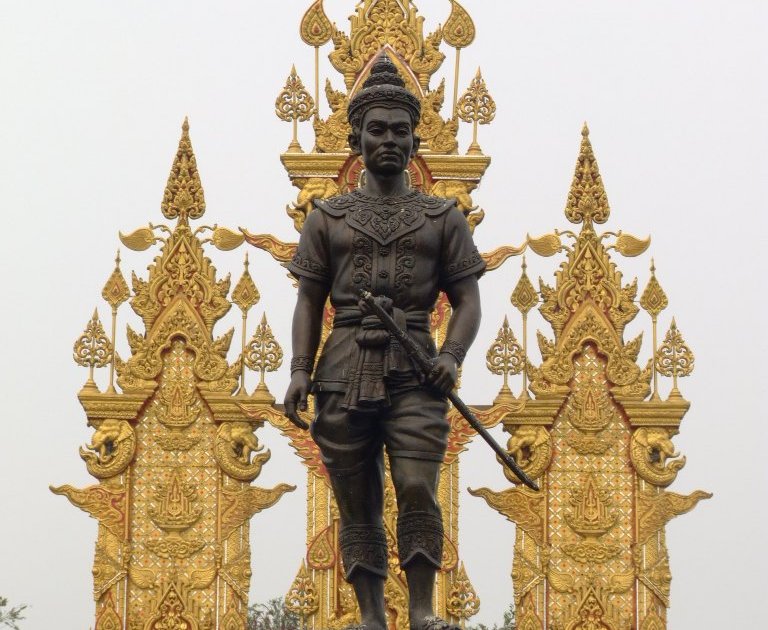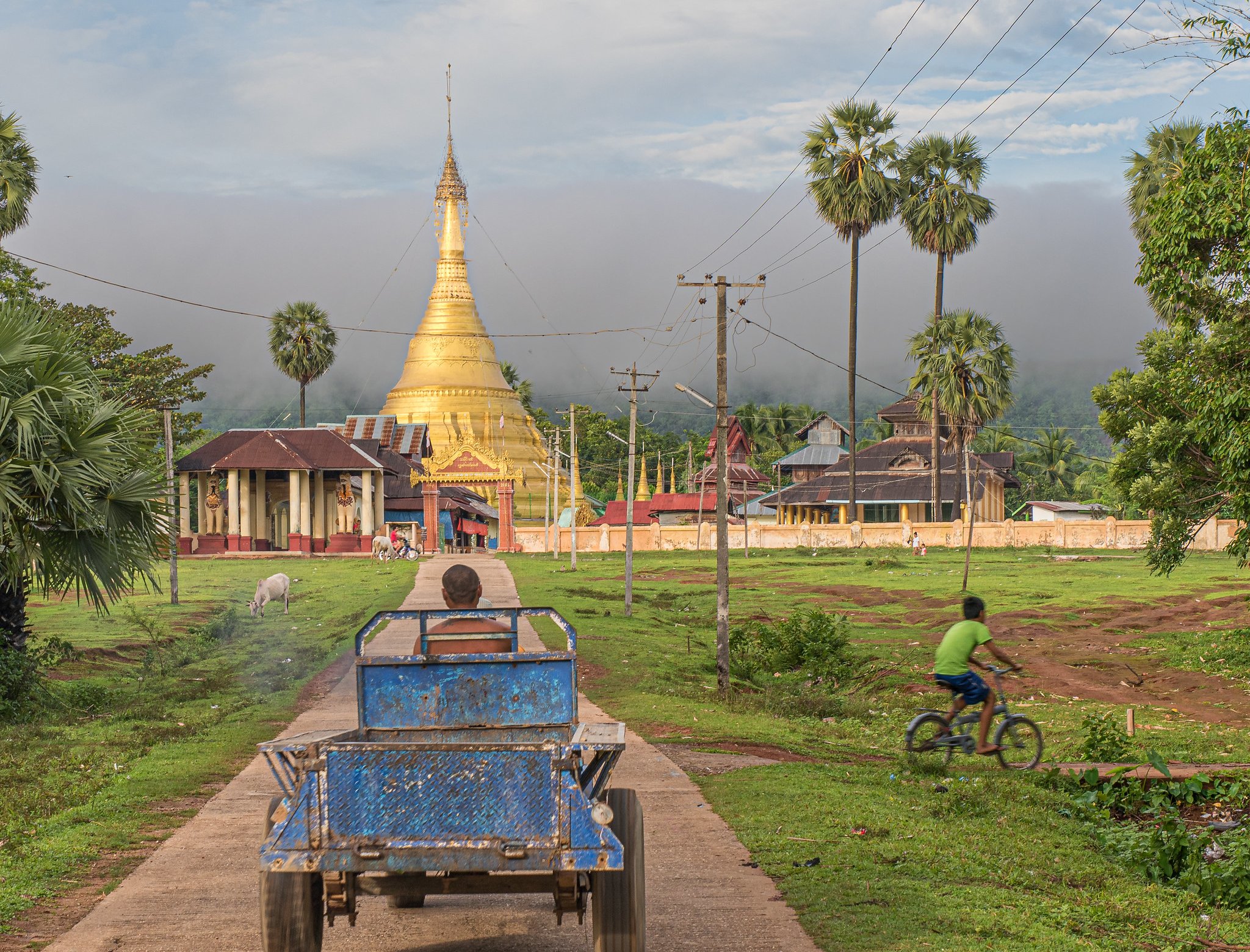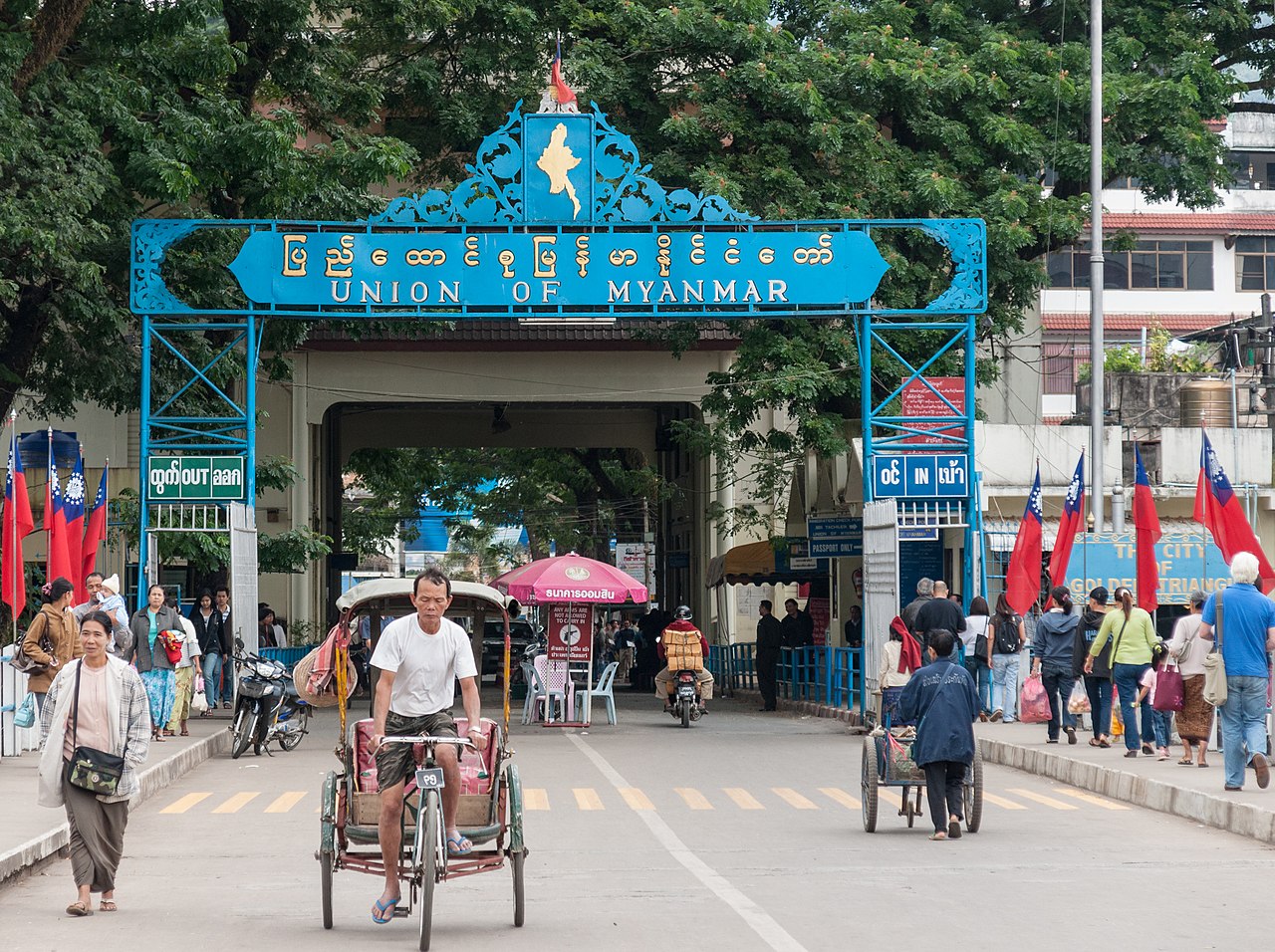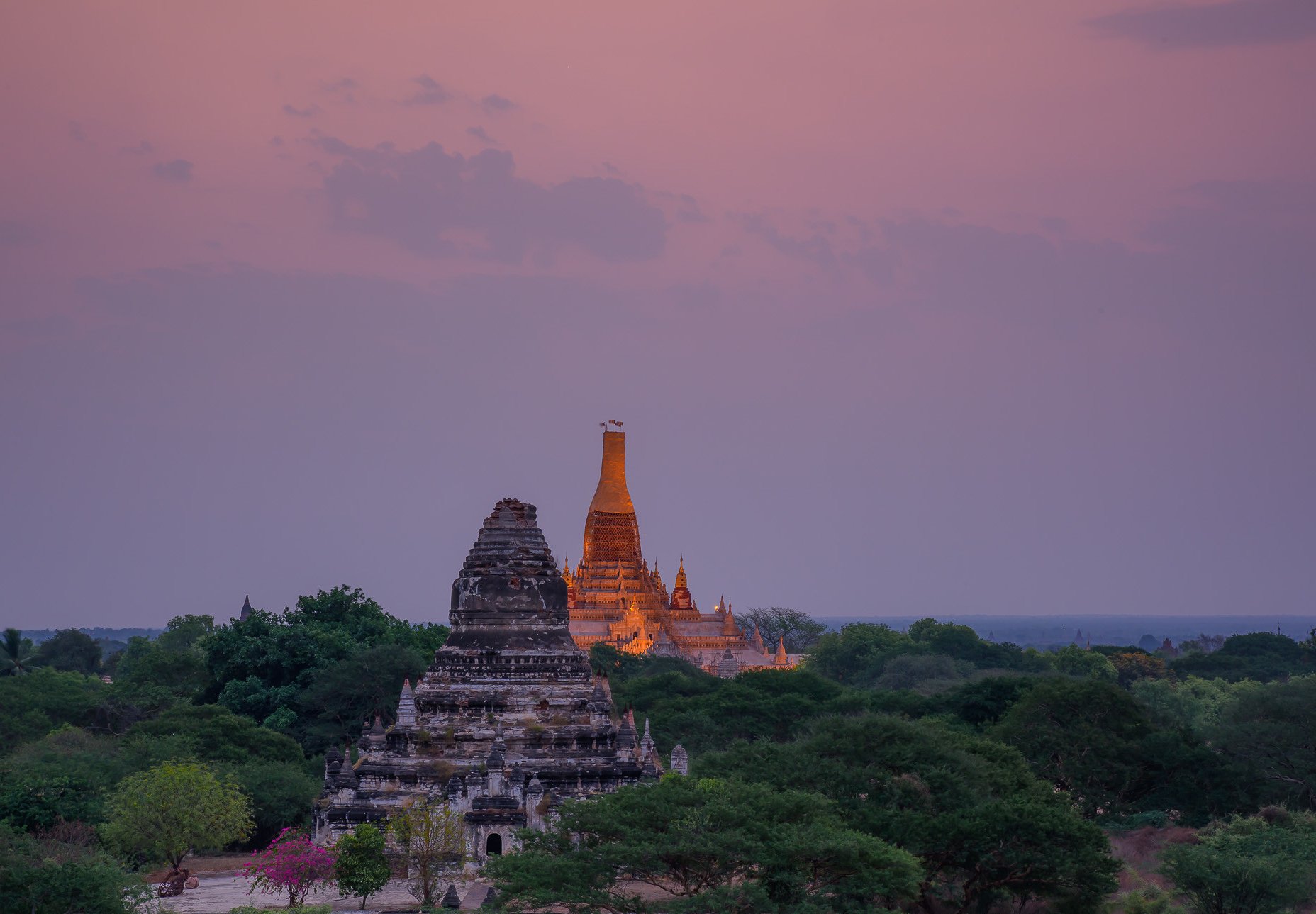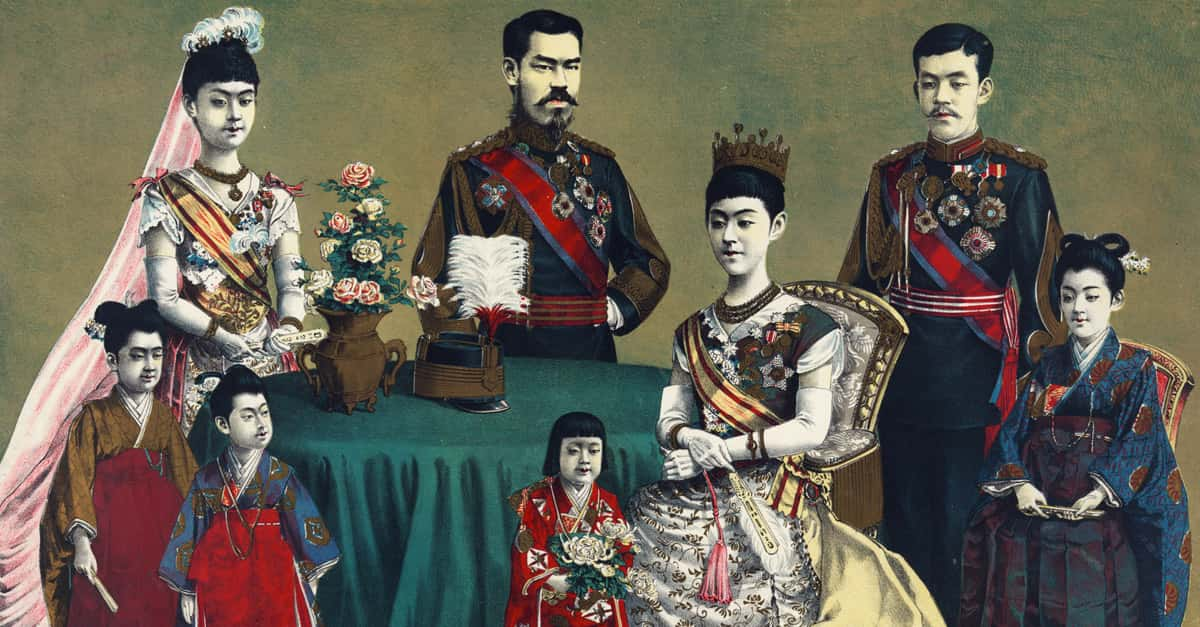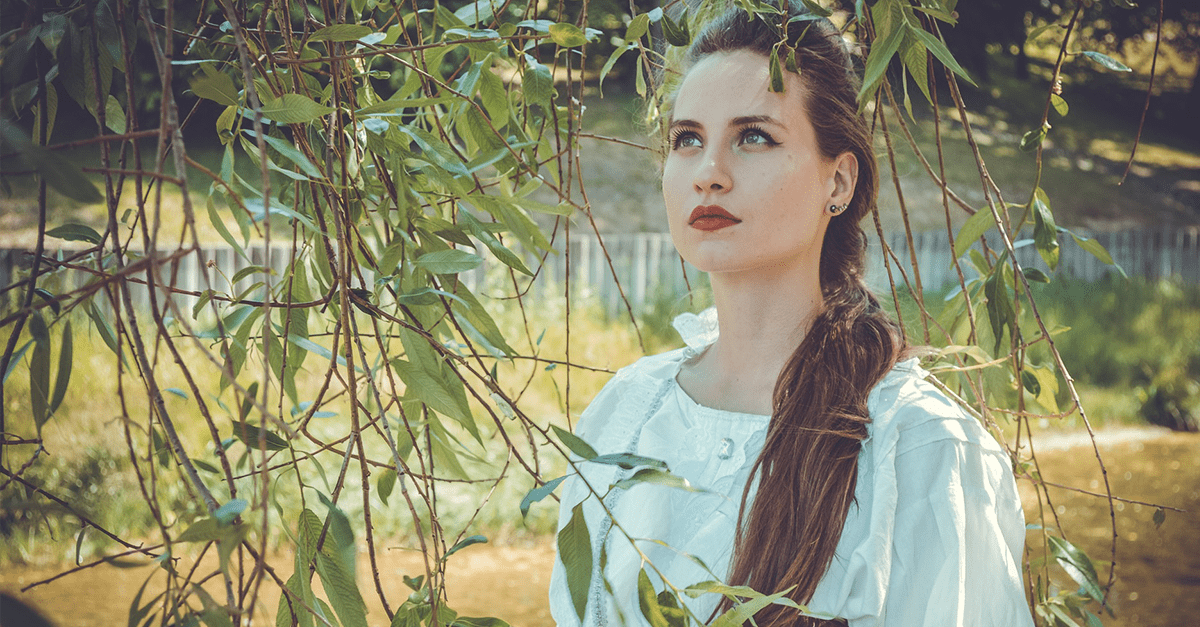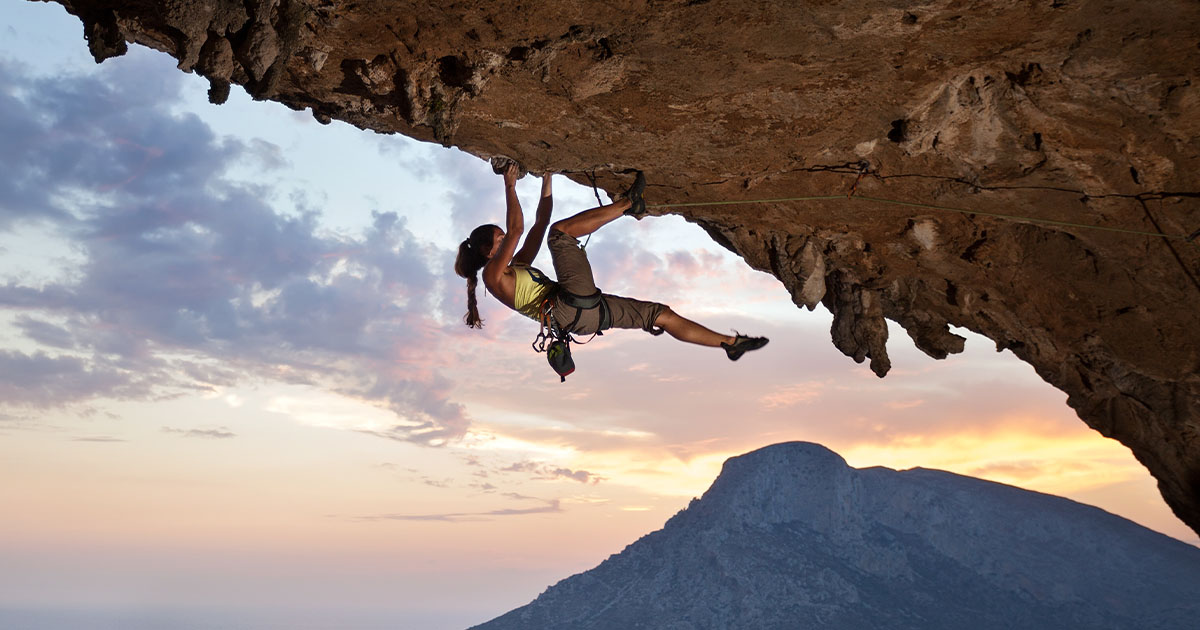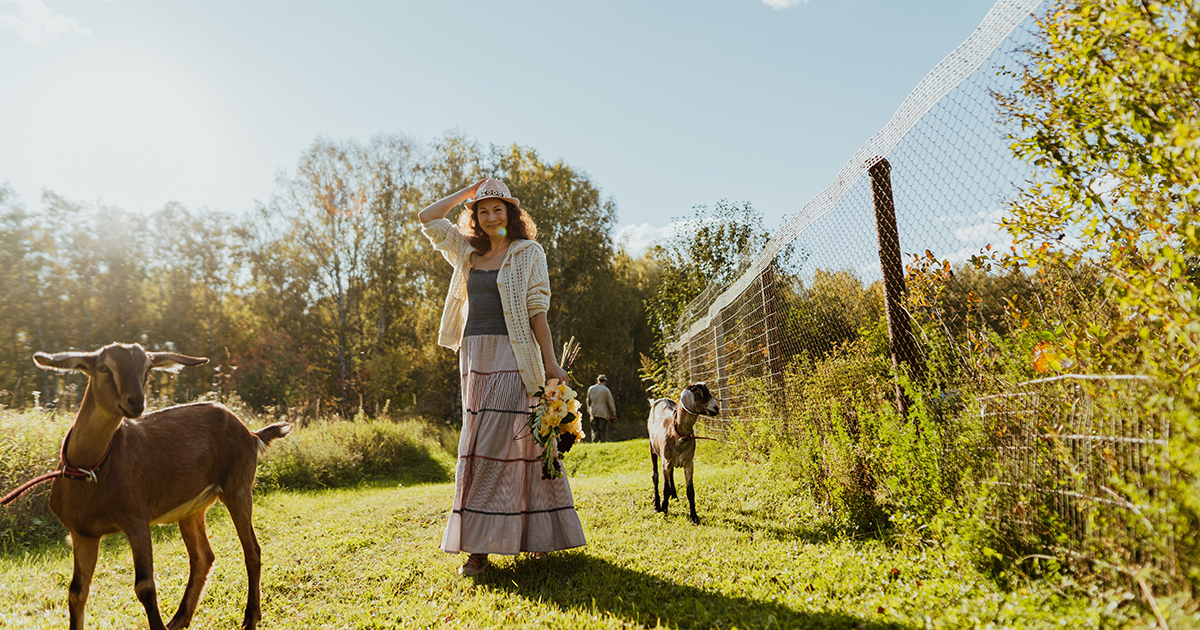A Long History
The Tai Khun people live mostly in eastern parts of Myanmar (once called Burma), with their early history linked to the Tai people of China’s Yangtze River in the first century AD.
Mostly In Myanmar
Today there are around 130,000 Tai Khun in Myanmar, a few thousand in Thailand, and a very small number in southern China and northern Laos. Some Khun communities in Thailand had their beginnings with people captured by Thai forces in conflicts of the early 19th century.
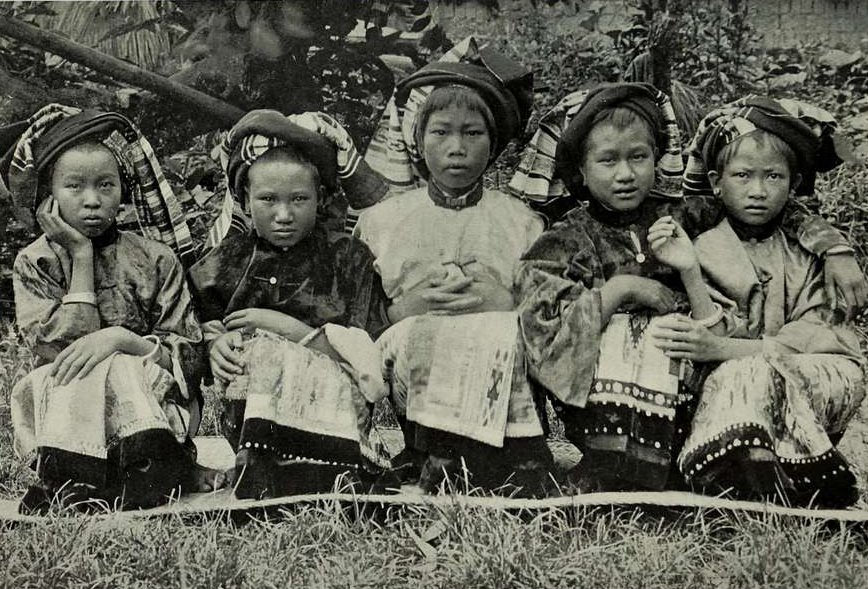 University of British Columbia Library, Picryl
University of British Columbia Library, Picryl
Buddhist Traditions
Most Tai Khun follow Theravada Buddhism combined with local practices of spirit worship and ancestor veneration.
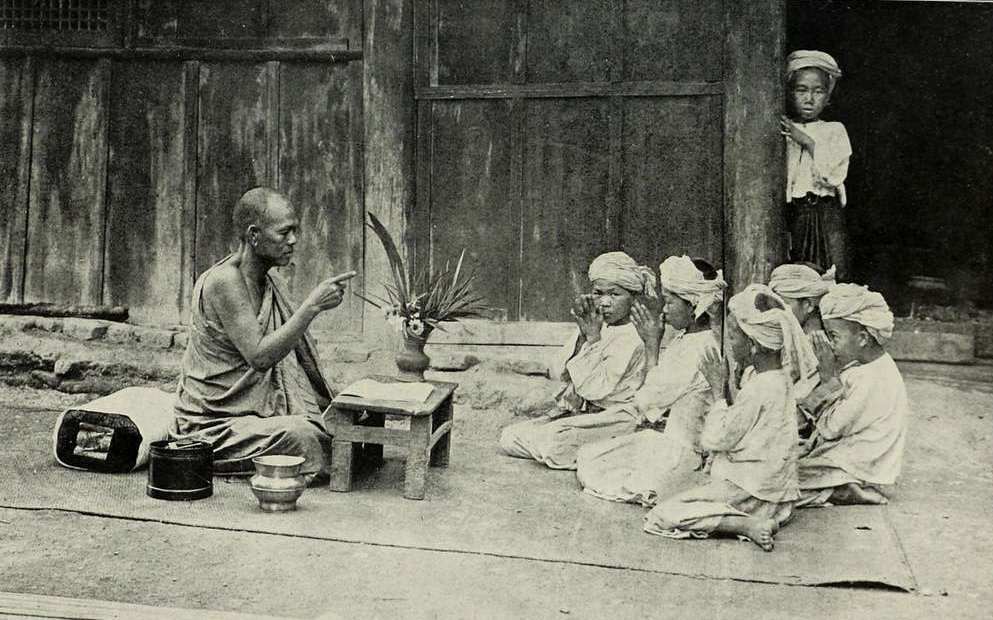 University of British Columbia Library, Picryl
University of British Columbia Library, Picryl
Spirit Of The Land
The Tai Khun traditionally want to keep the spirit of the land on their side, and so they offer food and beverages at the community spirit house every day.
Remembering The Ancestors
And on the full moon in June, family members honor their ancestors by leaving offerings of food and flowers on their household altar.
Men’s Fashion
Shan men often wear turbans, sometimes plain white, plaid, or with colorful stripes and squares, along with baggy khaki jackets and loose trousers that are particularly a mark of the Tai Khun.
Both men and women wear a long folded fabric longyi that hangs from the waist.
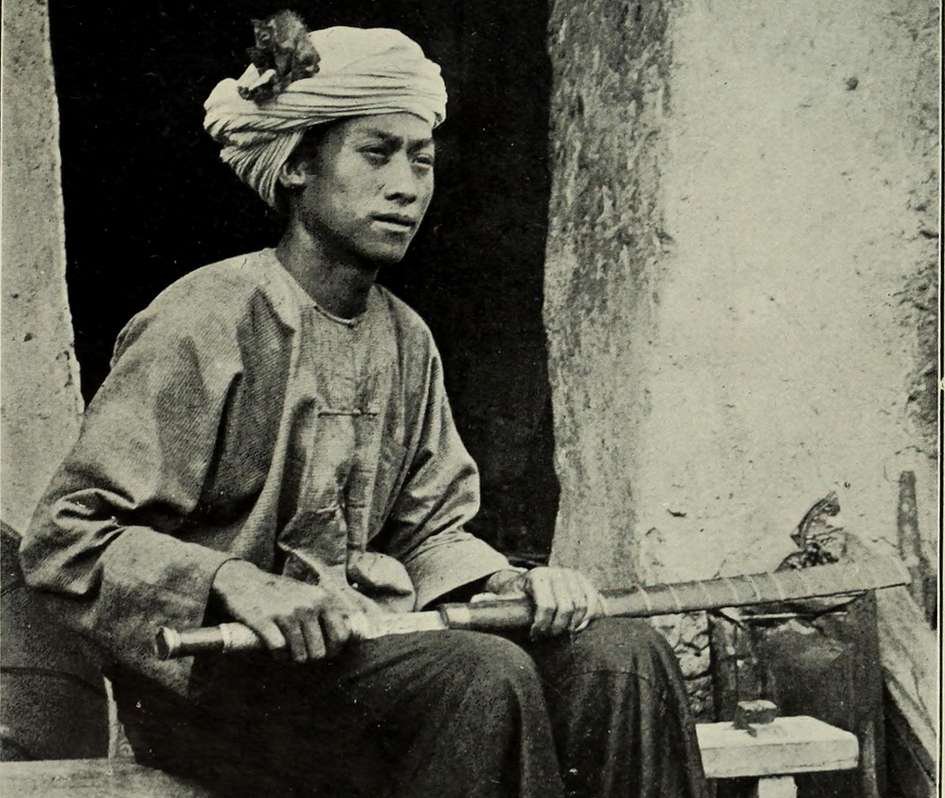 University of British Columbia Library, Picryl
University of British Columbia Library, Picryl
Women’s Wear
Shan women wear colorful long skirts or sarongs, and a form-fitting blouse that comes down to their waist. For headwear, women often wear a towel turban, straw hat, or folded head scarf. Both men and women tend to wear sandals fastened by two straps.
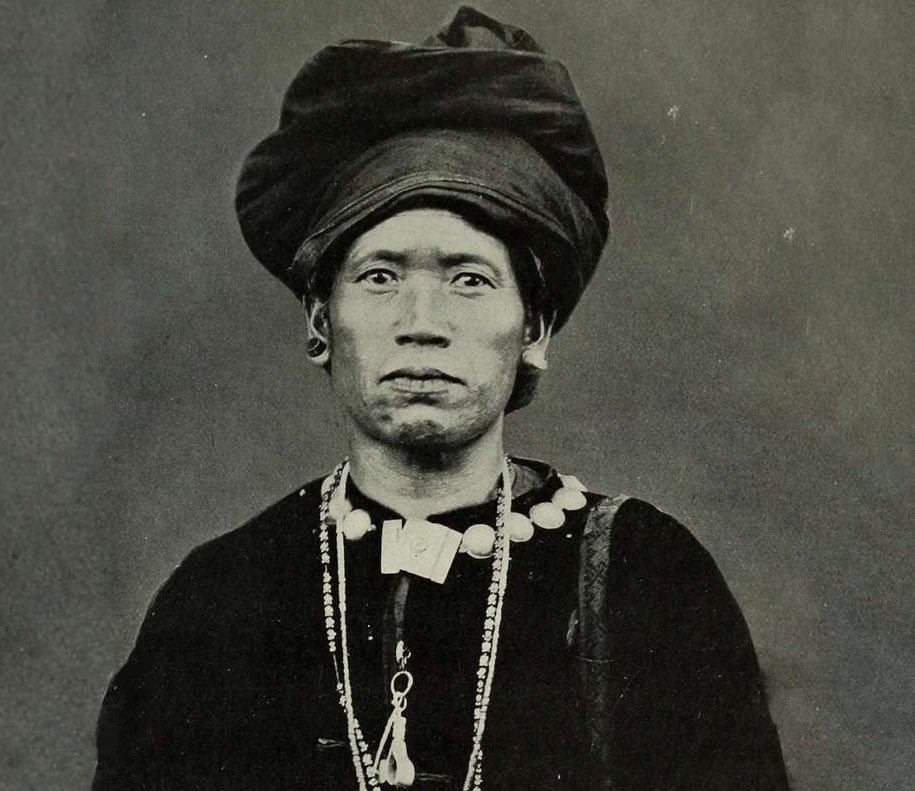 University of British Columbia Library, Picryl
University of British Columbia Library, Picryl
Gentle Smiles
Shan artwork often shows an image of a sitting Buddha who’s pointing towards the earth with his right hand. Shan sculpture differs from neighboring styles by tending to show oval faces, gentle smiles, and closed eyes that appear tranquil.
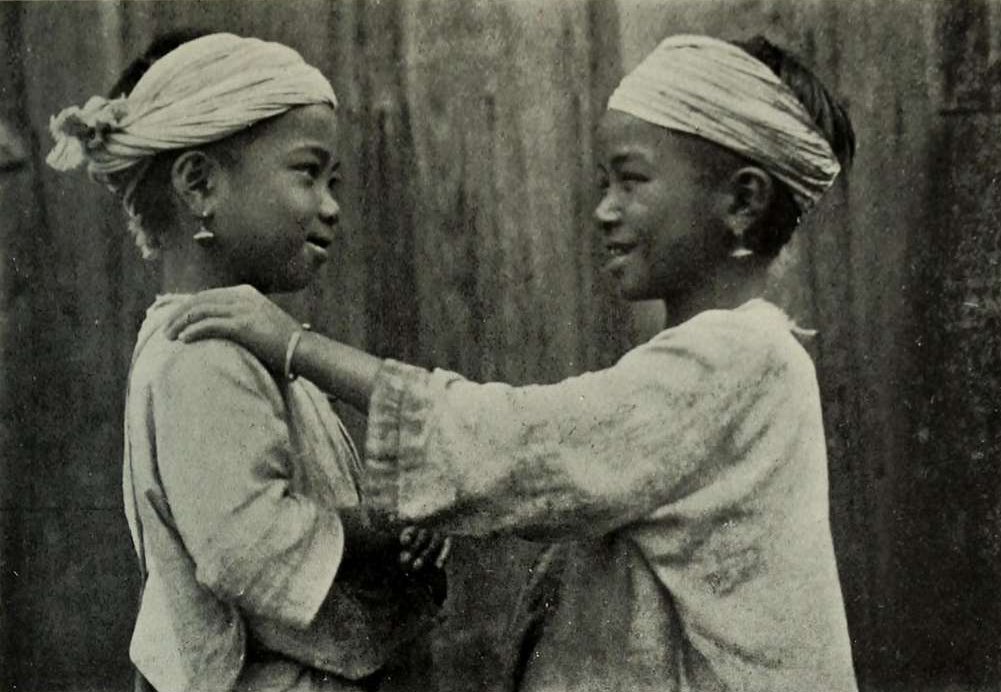 University of British Columbia Library, Picryl
University of British Columbia Library, Picryl
Heartland Of Kengtung Valley
The Tai Khun’s cultural and geographical heartland is Shan State’s Kengtung Valley, where the Khun have lived and ruled for centuries, sometimes in the face of battles and invasions throughout the region.
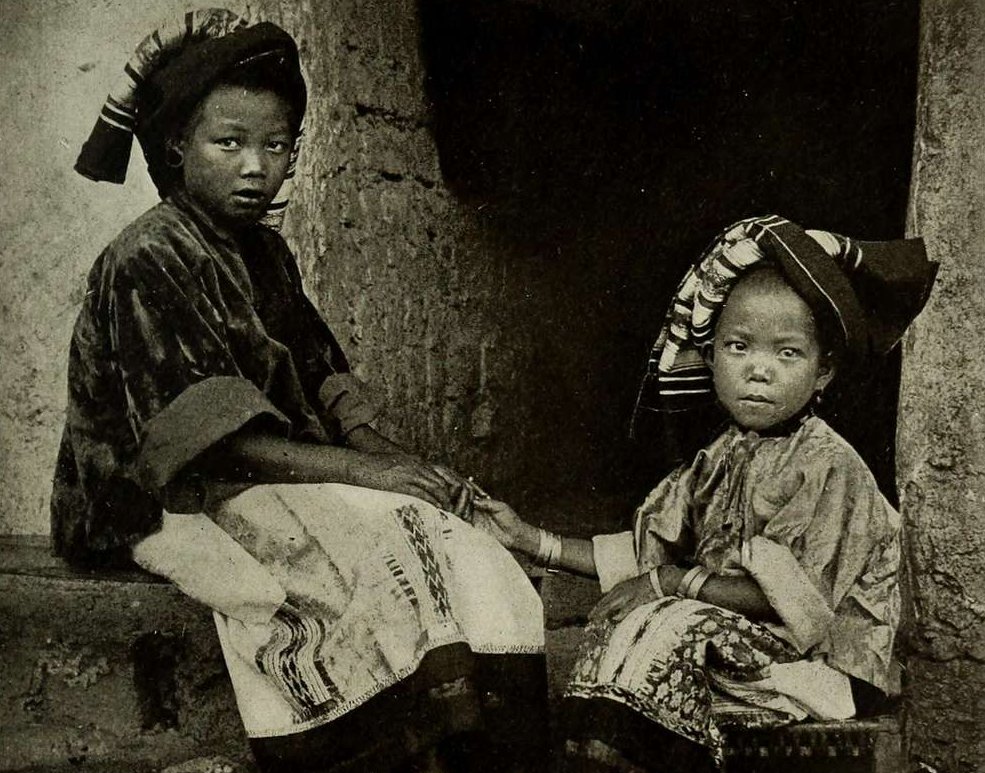 University of British Columbia Library, Picryl
University of British Columbia Library, Picryl
Capital Of The Golden Triangle
The Kengtung area, long a major trading route, is sometimes called the “Capital of the Golden Triangle,” as it’s so close to the frontier regions of neighboring China, Thailand, and Laos.
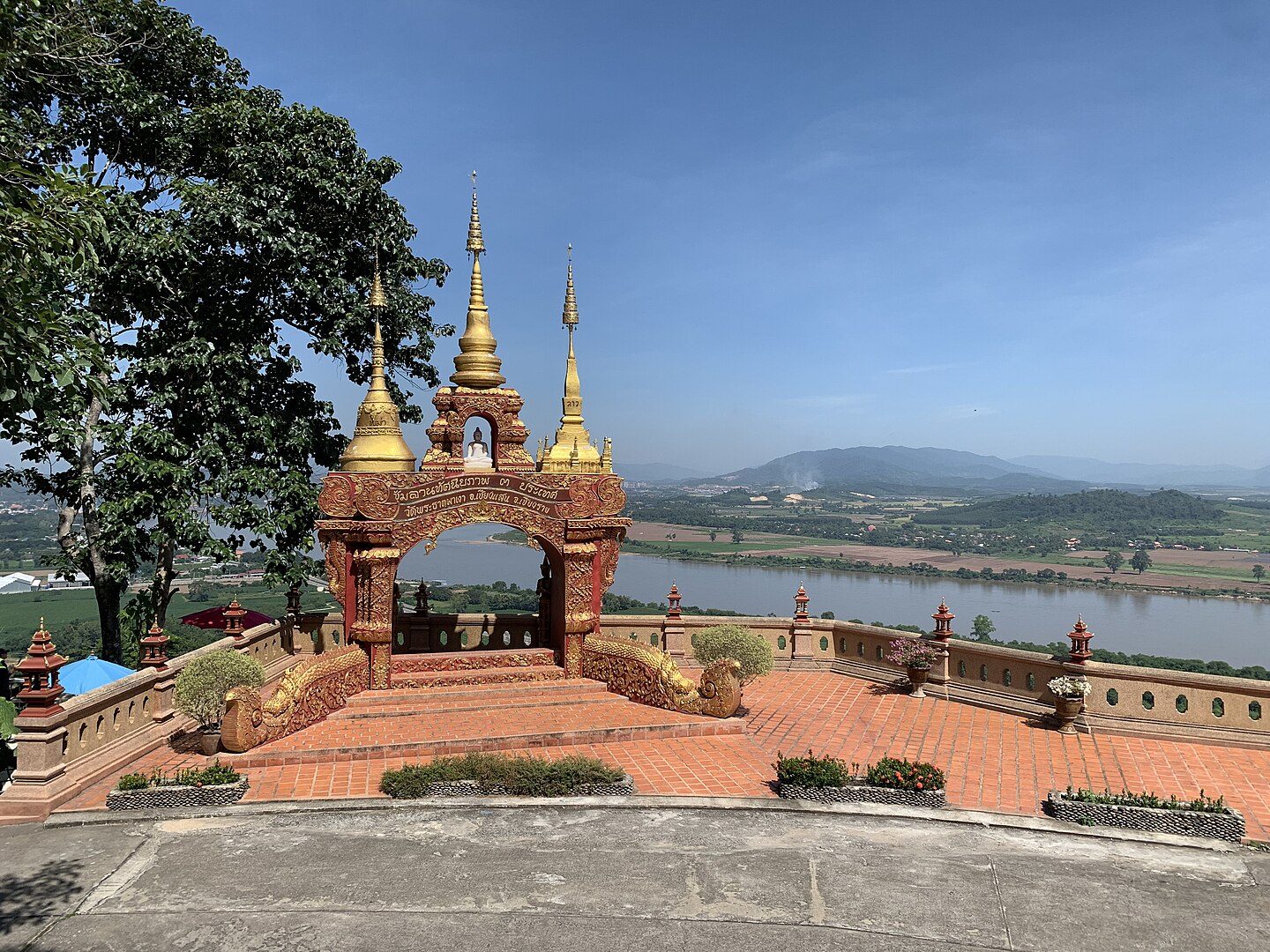 Chainwit., CC BY-SA 4.0, Wikimedia Commons
Chainwit., CC BY-SA 4.0, Wikimedia Commons
The Kingdom Of Kengtung
Although accounts vary, some histories say the Kingdom of Kengtung was founded in 1243 by a delegate of King Mangrai, ruler of northern Thailand’s Lanna kingdom.
A River Runs Through It
The Khun River, which runs through the Kengtung area, likely provided the name of both the Tai Khun people and the language they speak.
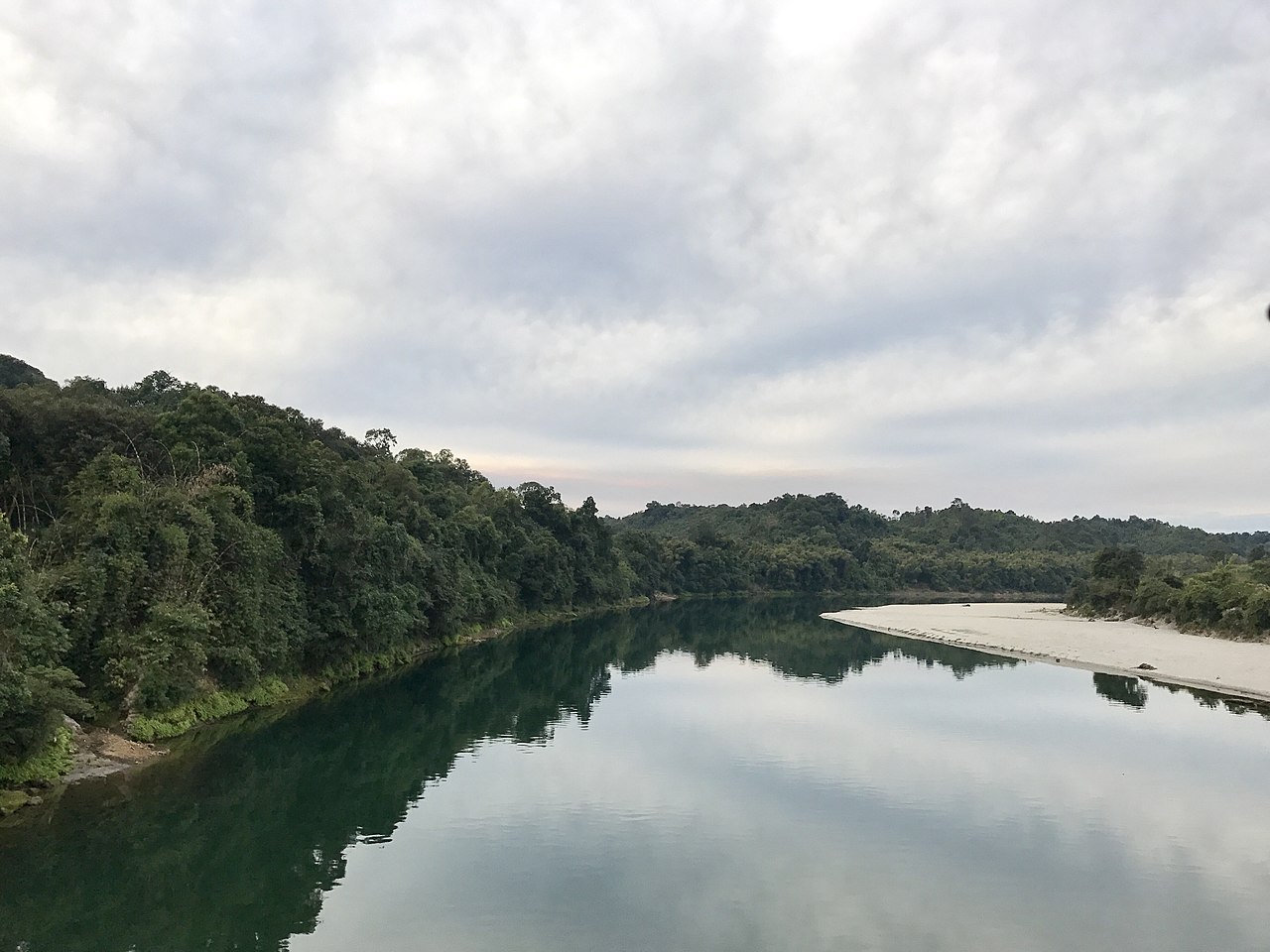 Ericwinny, CC BY-SA 4.0, Wikimedia Commons
Ericwinny, CC BY-SA 4.0, Wikimedia Commons
More Than A State
Shan is the name not just of a state, but also of the Tai-speaking ethnic subgroups living there. The Shan are the largest ethnic minority in Myanmar.
Blurry Boundaries
It’s sometimes hard to distinguish these subgroups, so we’ll look at both the Tai Khun and the Shan culture they belong to.
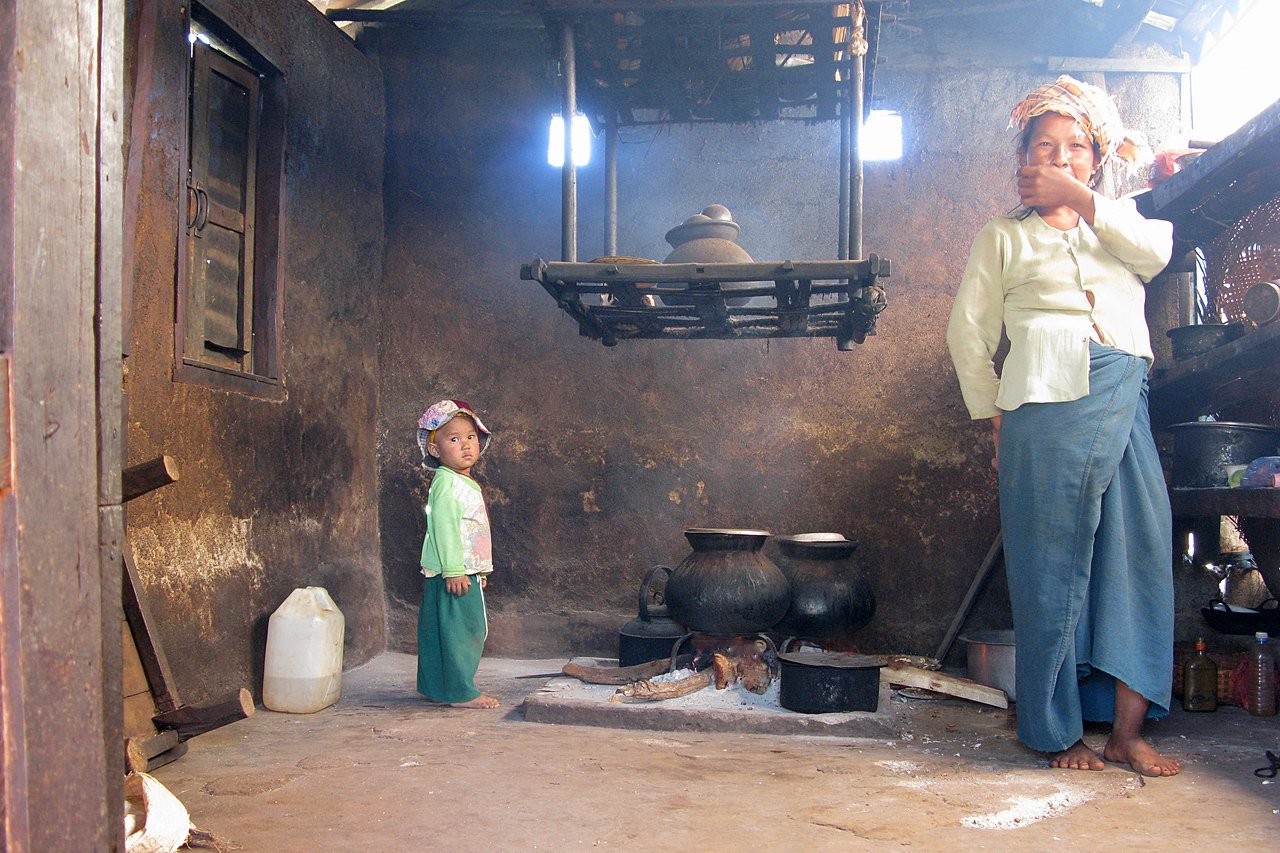 Vyacheslav Argenberg, CC BY 4.0, Wikimedia Commons
Vyacheslav Argenberg, CC BY 4.0, Wikimedia Commons
Regional Tension
Shan State was once part of the British Empire, and is now controlled by Myanmar’s central government, though there is ongoing tension in various areas.
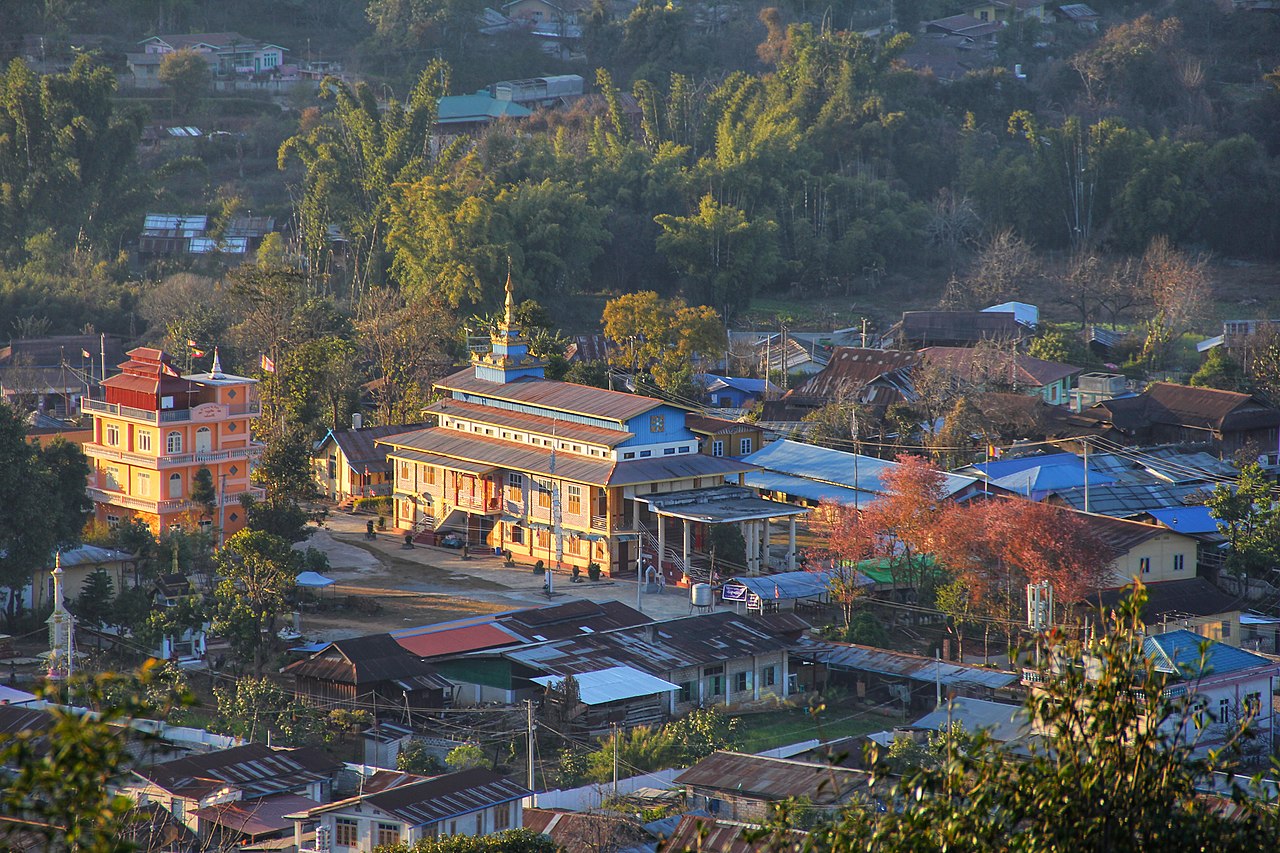 Saisanmyint, CC BY-SA 4.0, Wikimedia Commons
Saisanmyint, CC BY-SA 4.0, Wikimedia Commons
Generation To Generation
Historically, Shan State was made up of autonomous districts ruled by a hereditary prince called a chao pha, saopha, or sawbwa, but this tradition was banned in 1962 by the country’s military rulers.
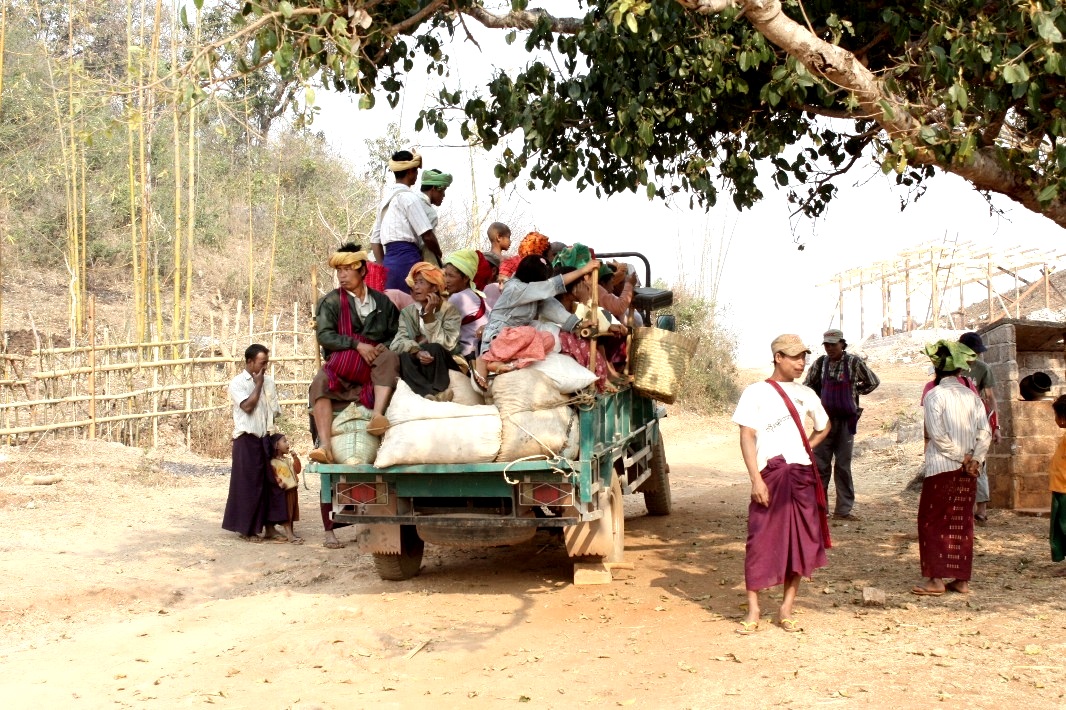 DANIEL JULIE, CC BY 2.0, Wikimedia Commons
DANIEL JULIE, CC BY 2.0, Wikimedia Commons
Colorful Interiors
Interiors of Buddhist monasteries include red-and-gold wall paintings accompanied by banners that hang from the inner roof.
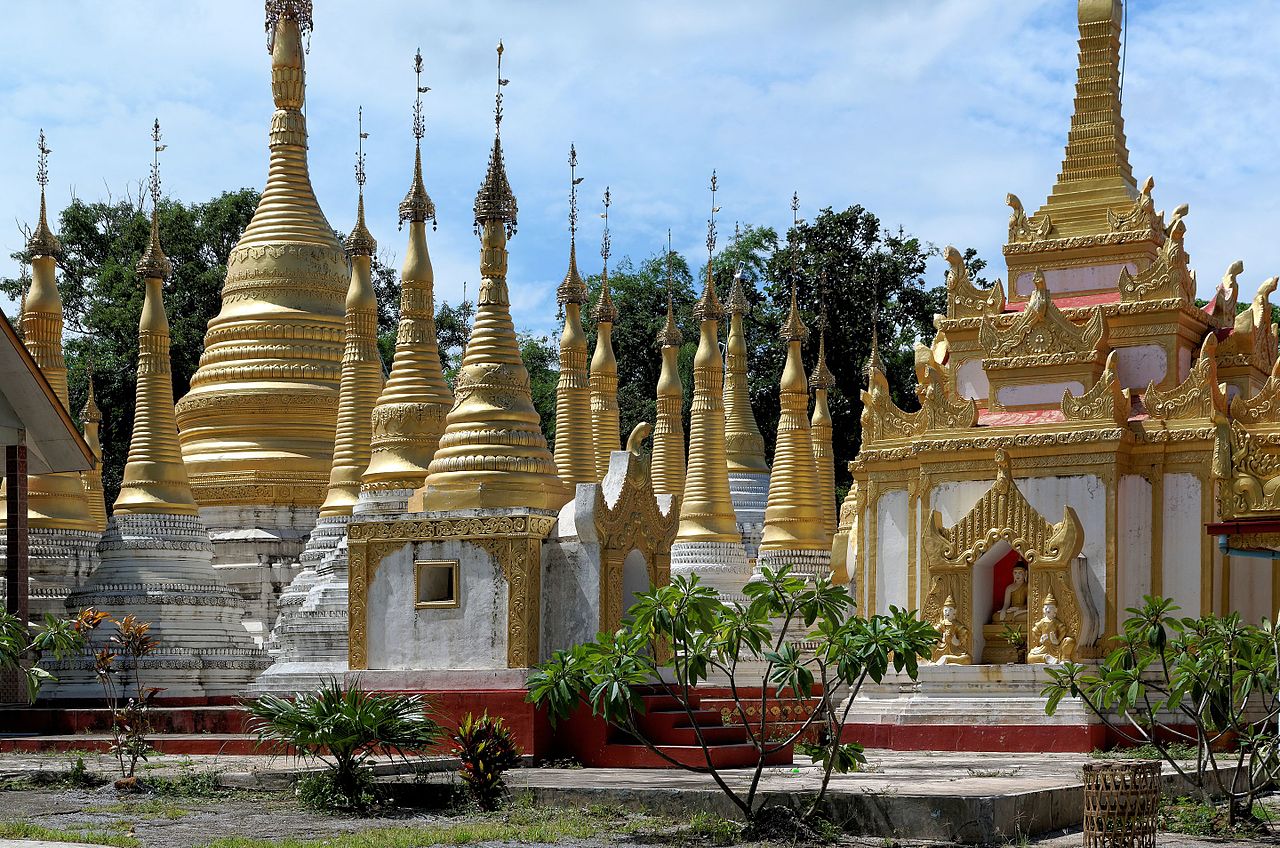 Jakub Hałun, CC BY-SA 4.0, Wikimedia Commons
Jakub Hałun, CC BY-SA 4.0, Wikimedia Commons
Competition
Shan arts and crafts have a rich tradition, but nowadays materials are harder to obtain and cheap imported goods have reduced the demand for local creations. Traditionally the Shan have used bamboo to make baskets, mats, and even furniture.
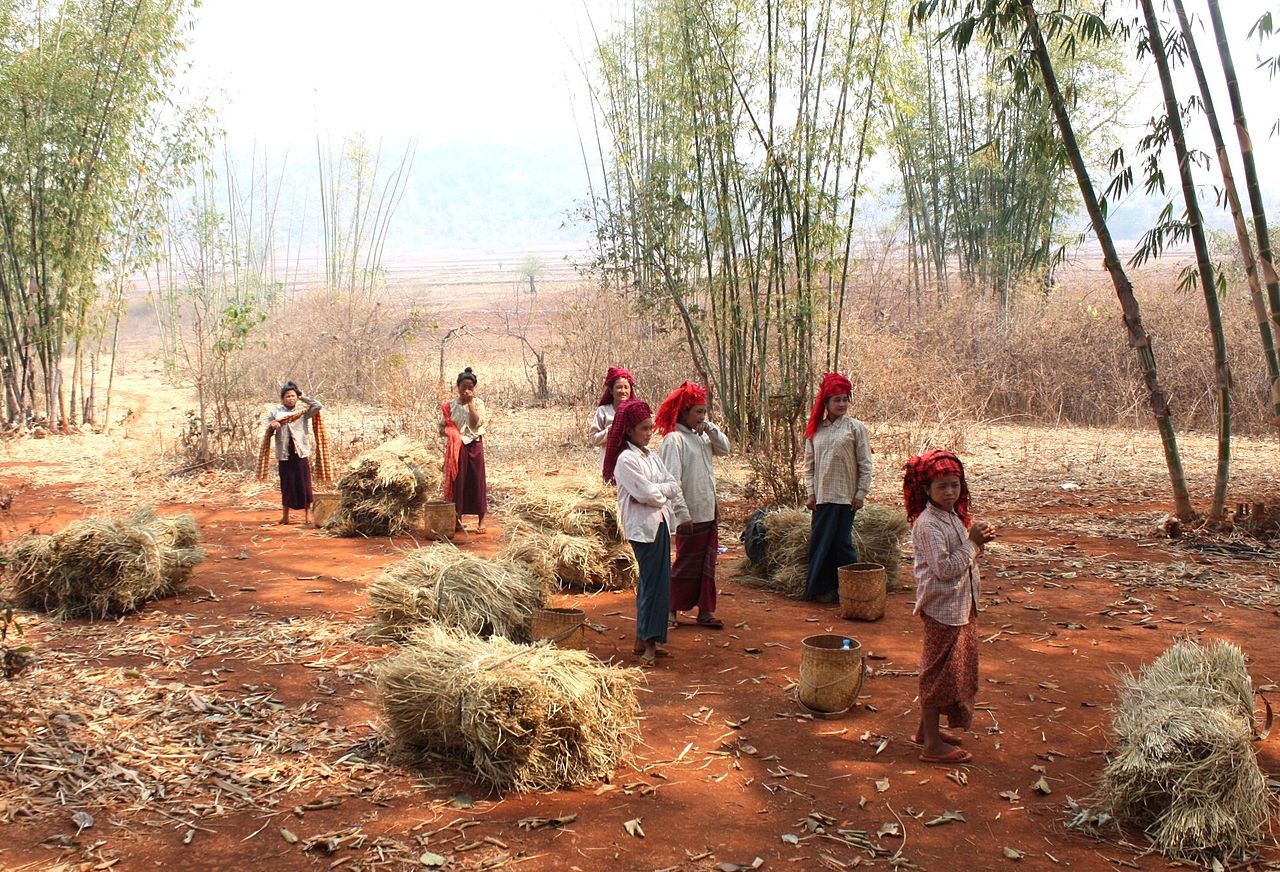 DANIEL JULIE, CC BY 2.0, Wikimedia Commons
DANIEL JULIE, CC BY 2.0, Wikimedia Commons
Impermanent Art
Much artistic effort is directed to decorating offerings to Buddha, including making carved fruit that is offered to monks or placed before Buddha images.
Traditional Khun fruit carving has recently gained popularity thanks to social media apps like TikTok and Instagram.
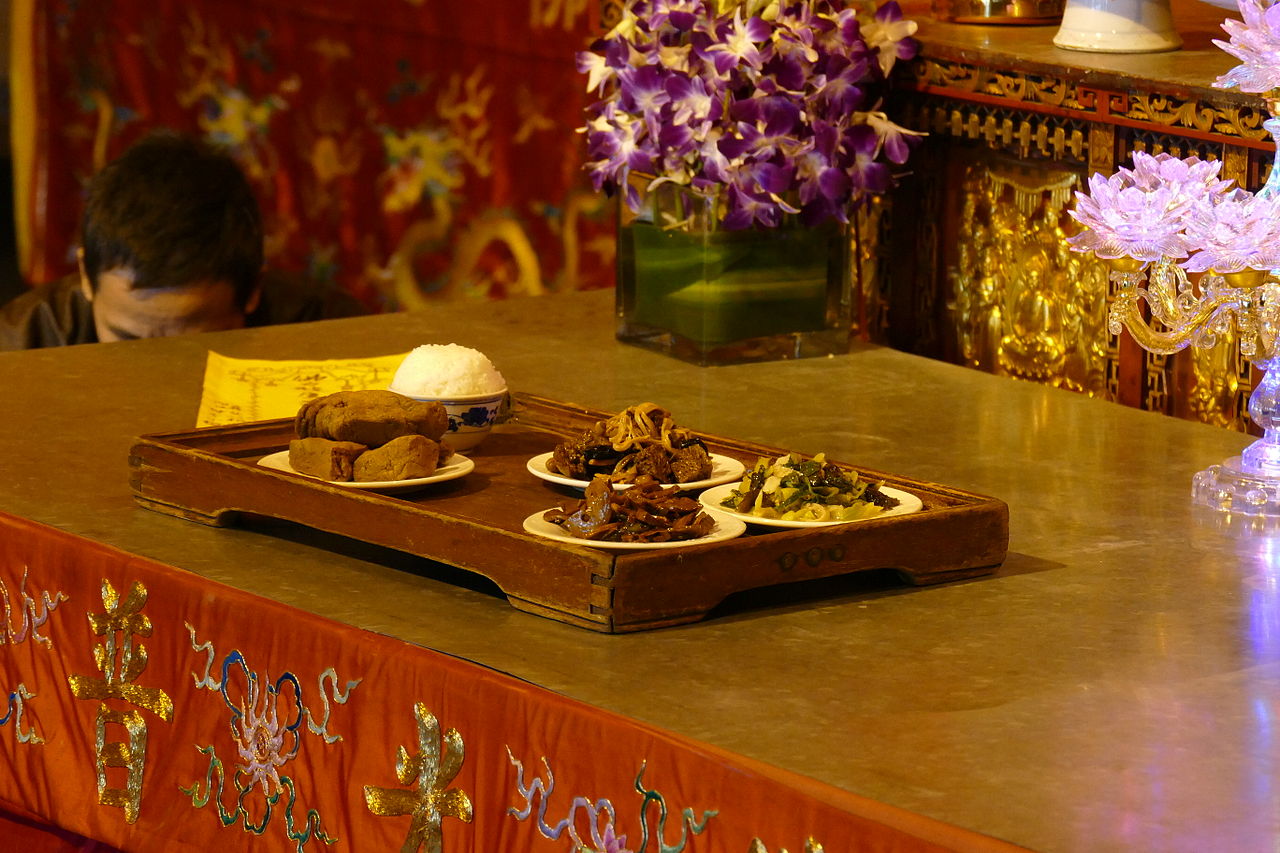 Hermann Luyken, CC0 , Wikimedia Commons
Hermann Luyken, CC0 , Wikimedia Commons
Christian Missionaries
Although the region is overwhelmingly Buddhist, Christian missionaries first arrived in the 19th century when Kengtung was part of the British Empire, with evangelicals in more recent decades bringing the number of Christian Tai Khun to around 2,000.
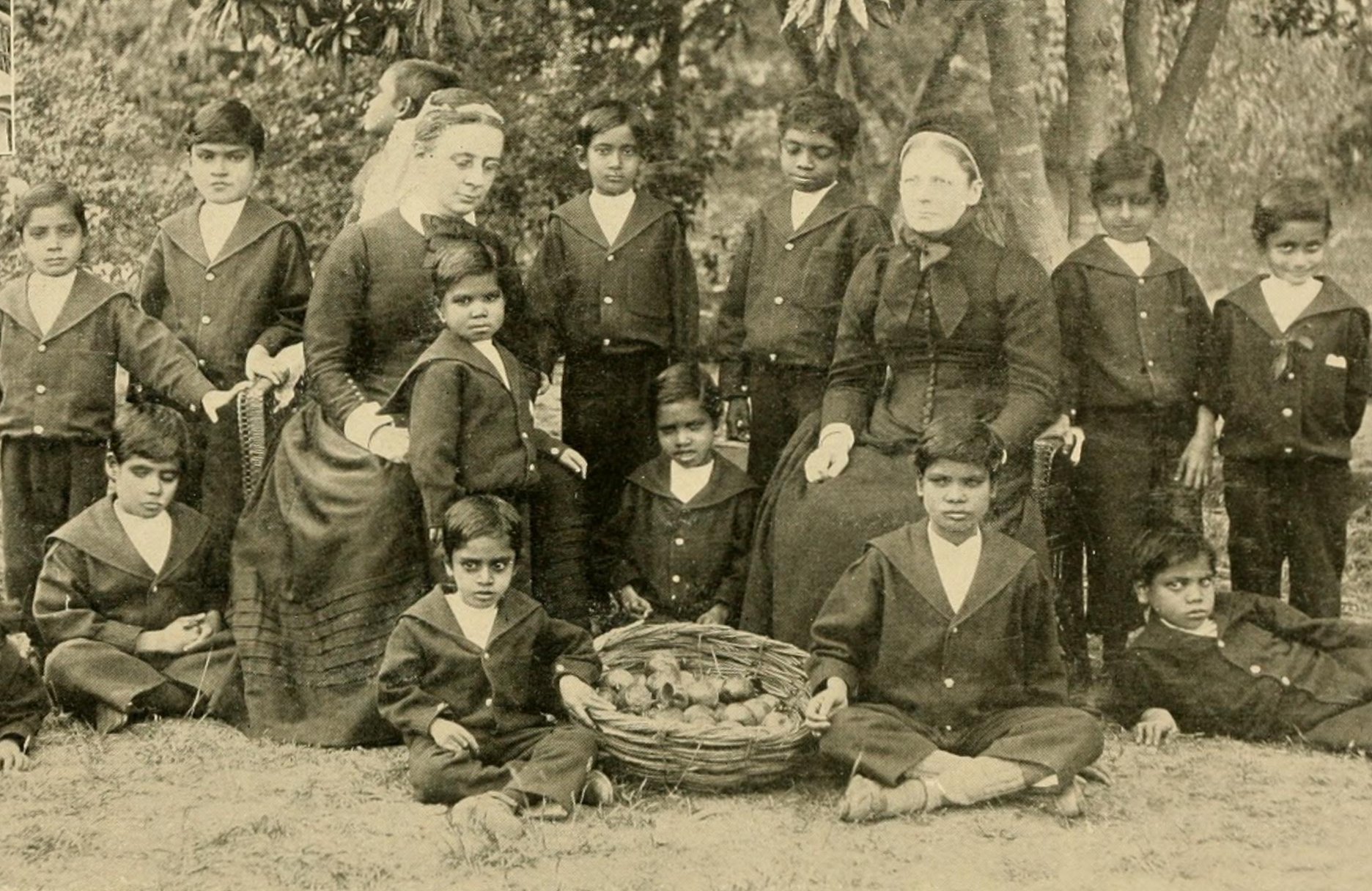 Dennis, James S., Wikimedia Commons
Dennis, James S., Wikimedia Commons
Tourists Welcomed Again
Foreigners were barred from Shan State and its Kengtung region for many years, but since 1993 tourists have once again been allowed to visit.
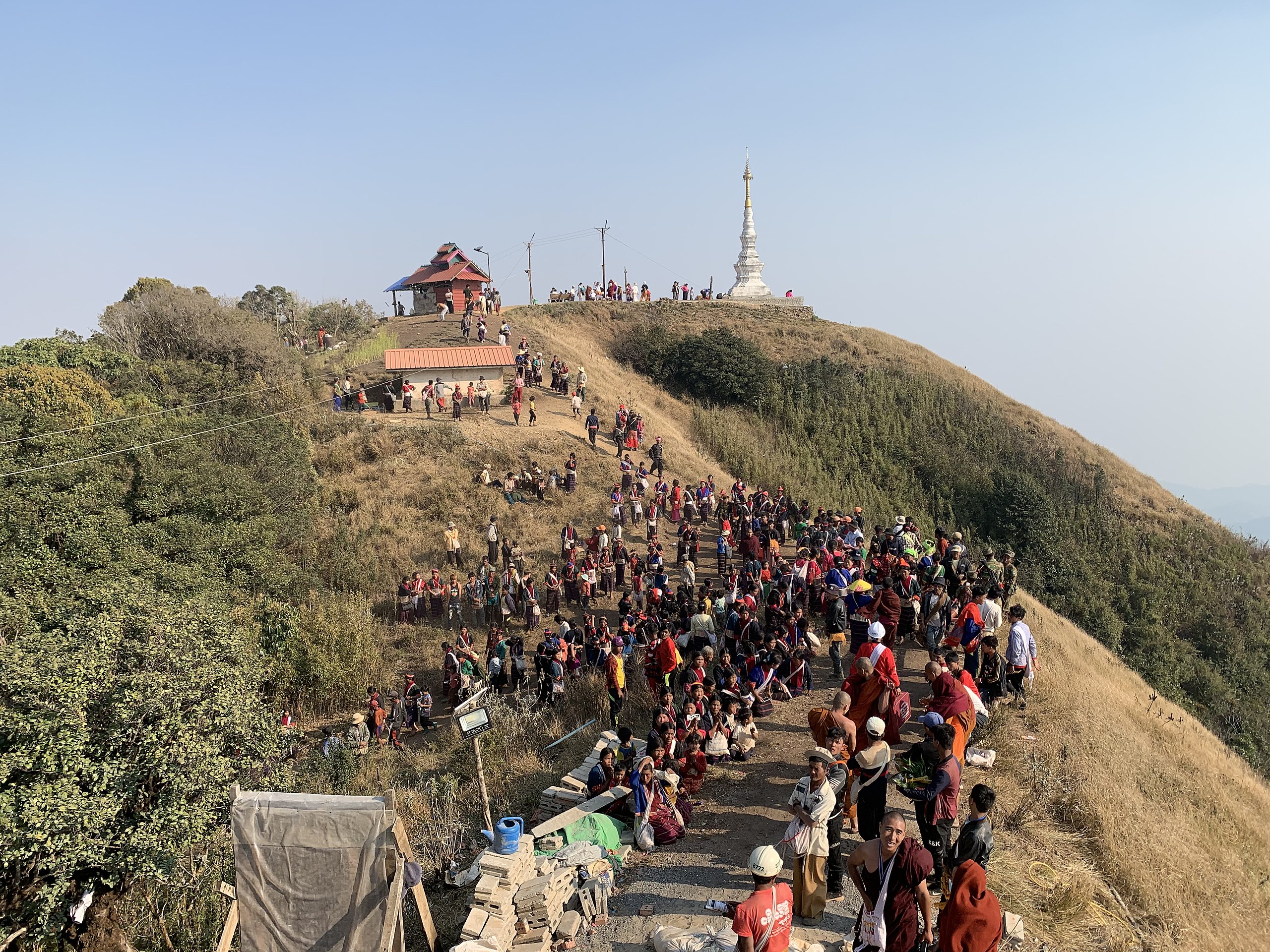 Saosukham, CC BY-SA 4.0, Wikimedia Commons
Saosukham, CC BY-SA 4.0, Wikimedia Commons
Importance Of Rice
Much of Kengtung’s countryside is filled with rice paddies, an important source of food and income in the region. Most Shan grow rice and other crops. Until the 1950s a brutal feudal system ruled the lives of farmers, who even now often do not own the land they till.
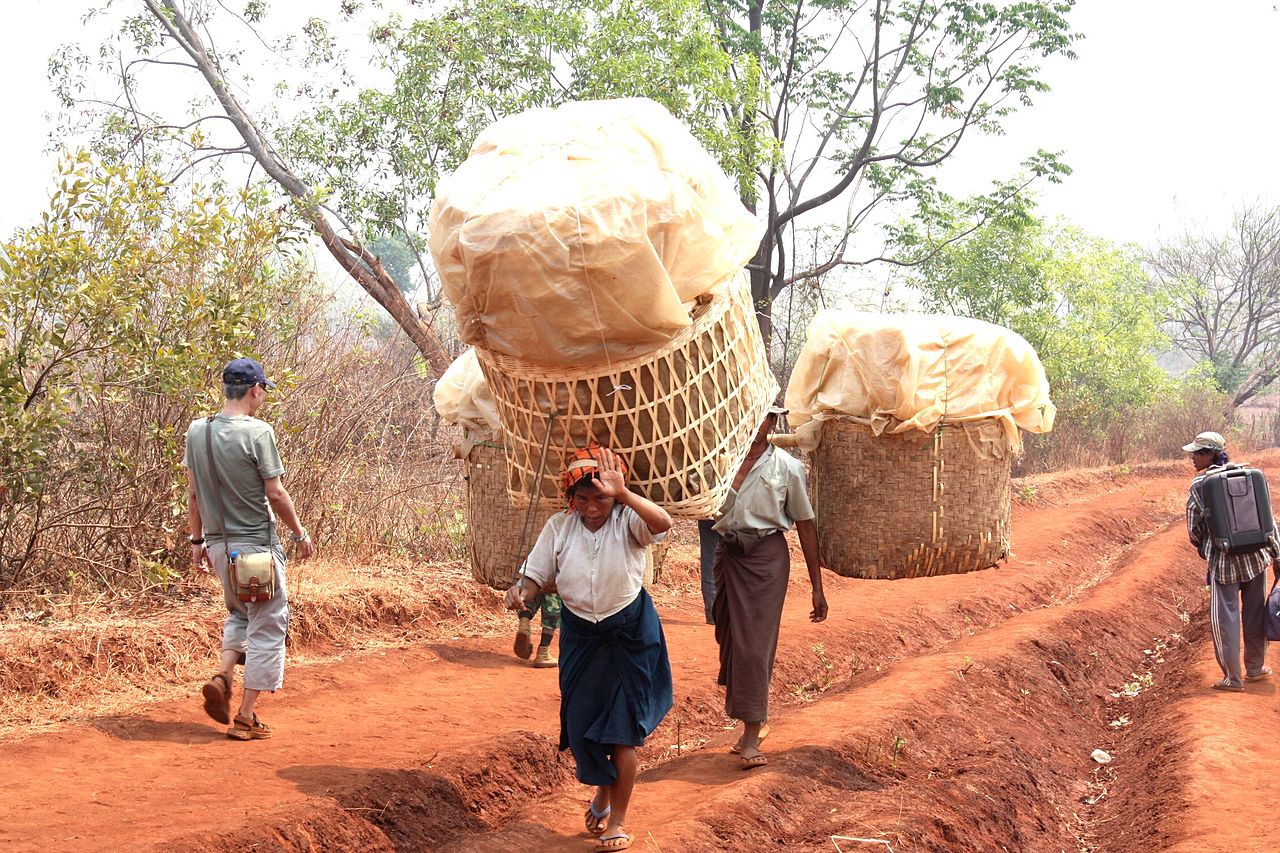 DANIEL JULIE, CC BY 2.0, Wikimedia Commons
DANIEL JULIE, CC BY 2.0, Wikimedia Commons
Shan Cuisine
Many meals in Kengtung follow Shan traditions with some Chinese influences. A typical meal might consist of fish or meat prepared with onion and garlic.
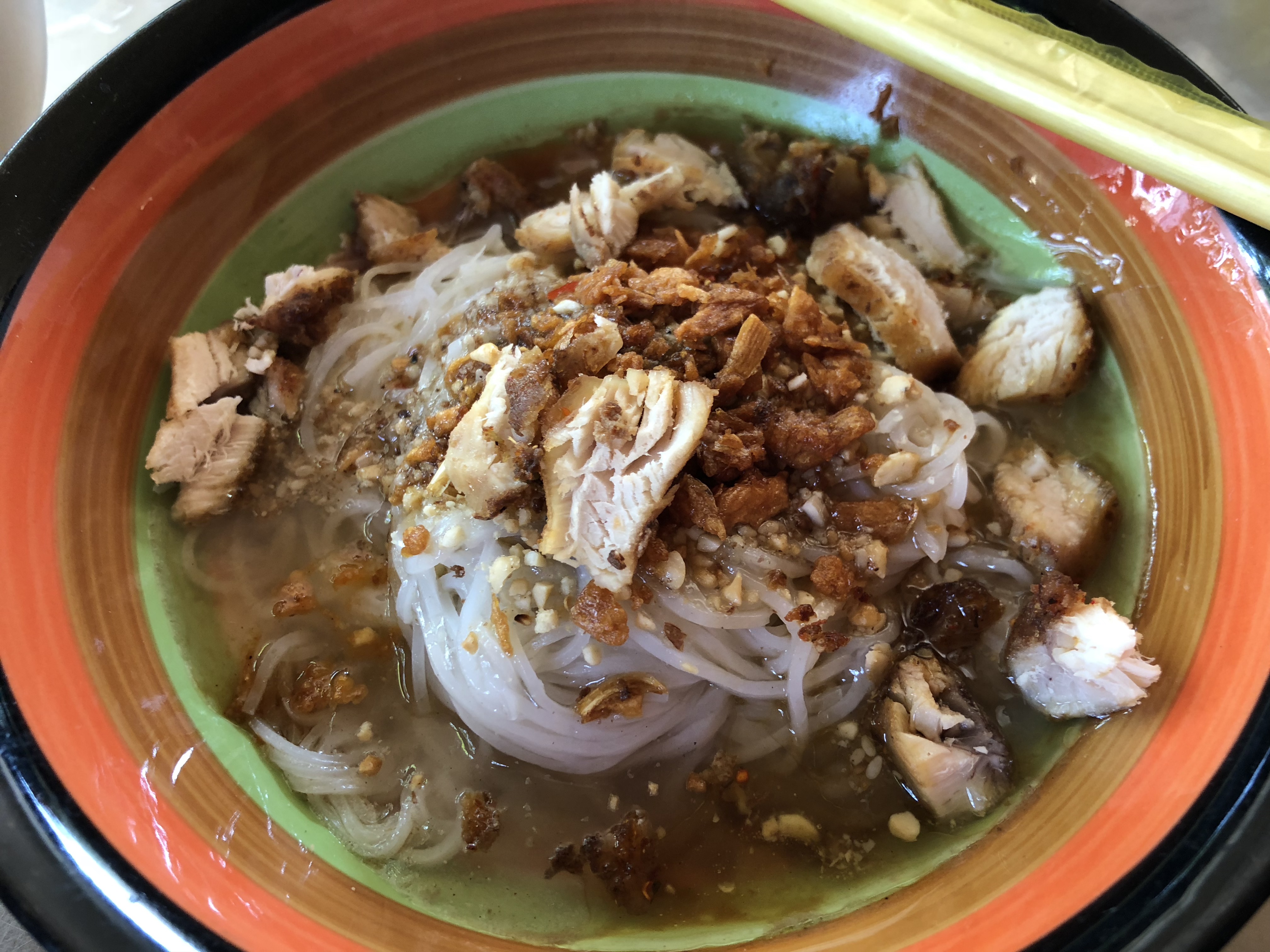 Myominkyaw93, CC BY-SA 4.0, Wikimedia Commons
Myominkyaw93, CC BY-SA 4.0, Wikimedia Commons
Salad Balls
One Shan dish is htamin jin, a fish or potato salad shaped into round balls along with fried onion, often with garlic added. Another dish is lahpet thohk, a salad made from pickled tea leaves.
Myanmar is one of the few places in the world where tea is both a drink and a meal.
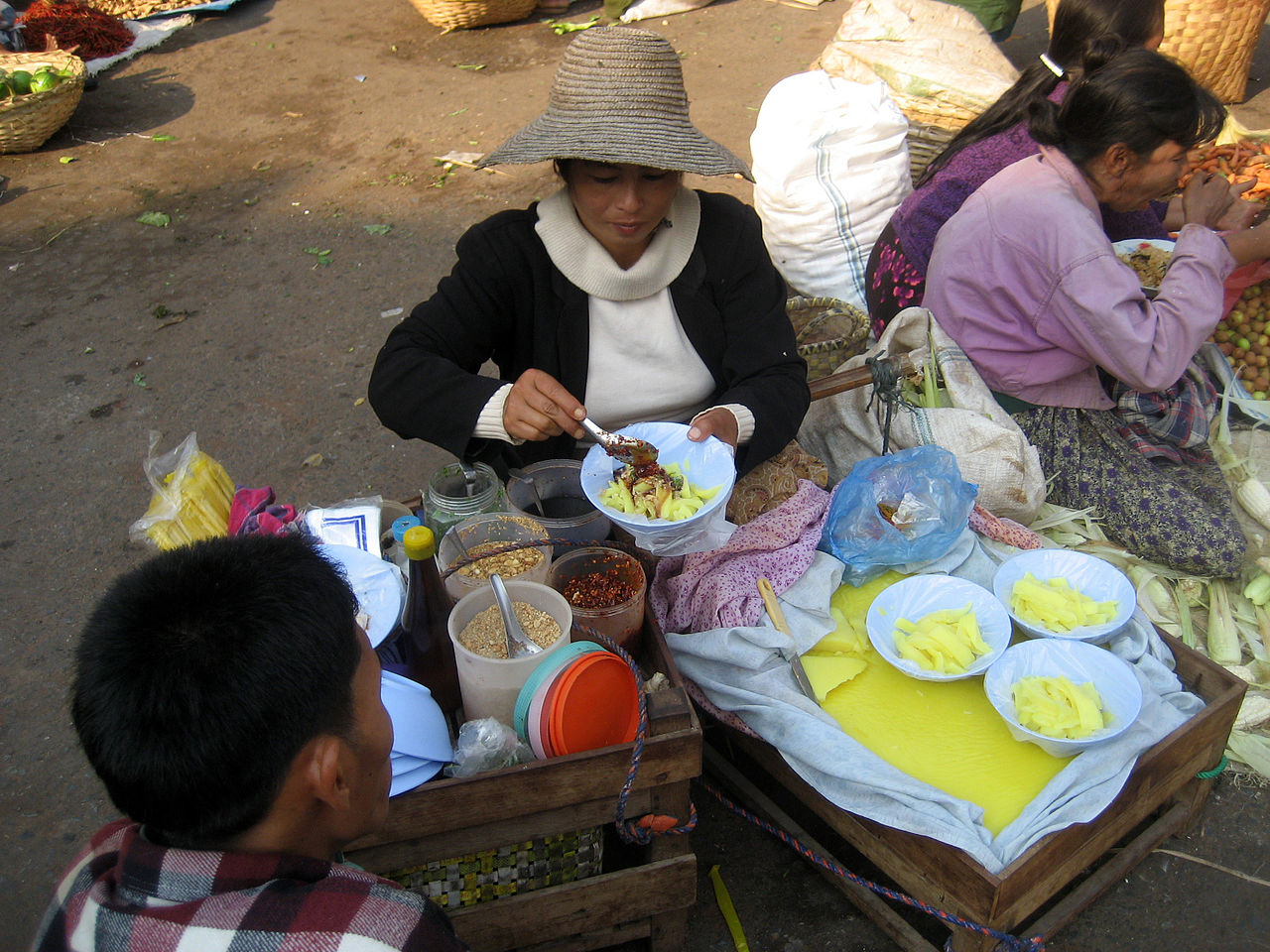 Wagaung, CC BY-SA 3.0, Wikimedia Commons
Wagaung, CC BY-SA 3.0, Wikimedia Commons
Tea For Two
Shan State produces much of Myanmar’s tea, so it’s customary to offer visitors tea leaves, either dry or pickled.
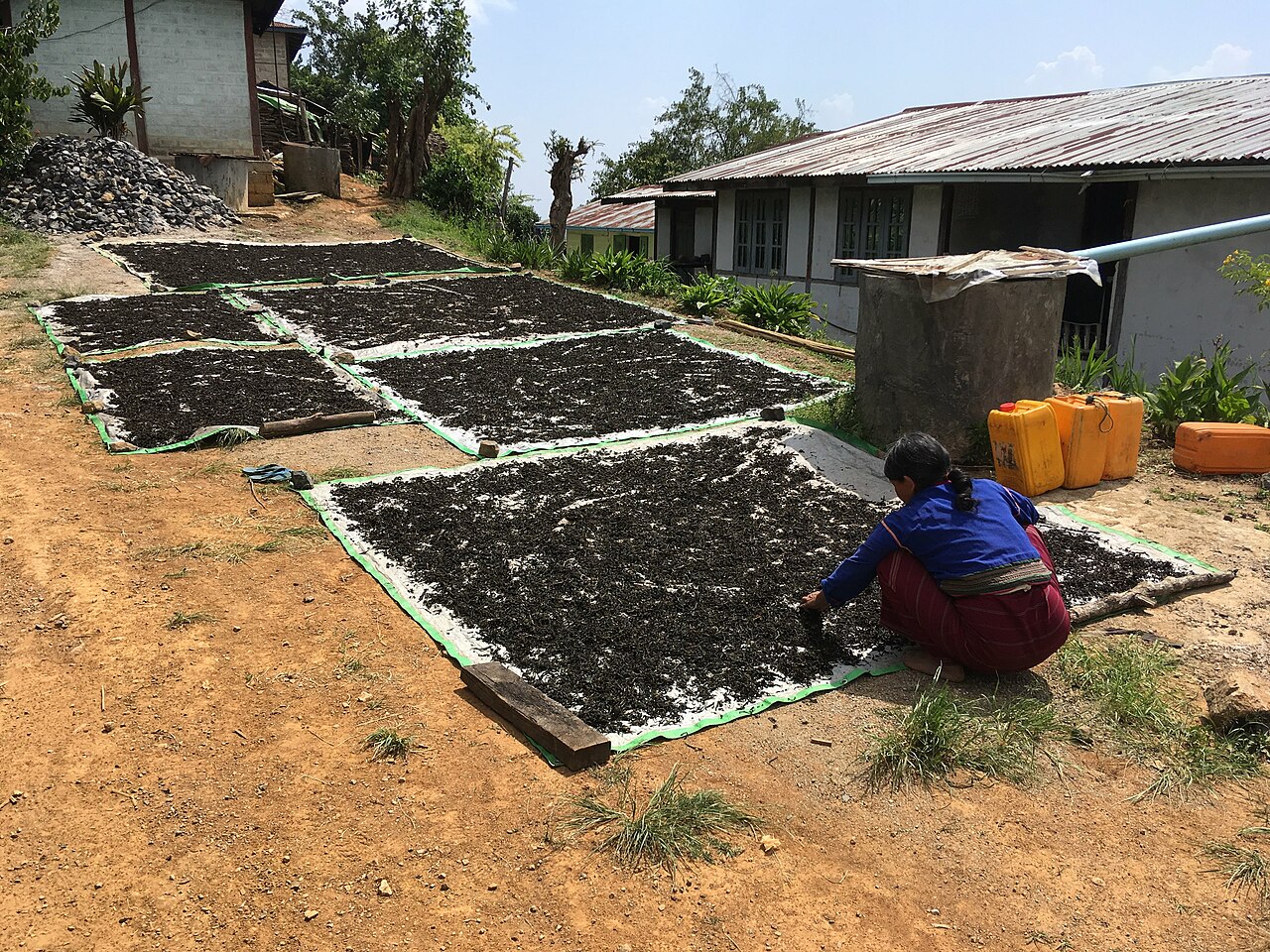 Christophe95, CC BY-SA 4.0, Wikimedia Commons
Christophe95, CC BY-SA 4.0, Wikimedia Commons
Crossing The Border
As Kengtung is in the eastern part of Myanmar, it’s often easiest for tourists to cross the Thai border and travel three-and-a-half hours by road.
Hotel Accommodation
The New Kyaing Tong Hotel is one option for travelers in an area that still feels largely untouched by tourism.
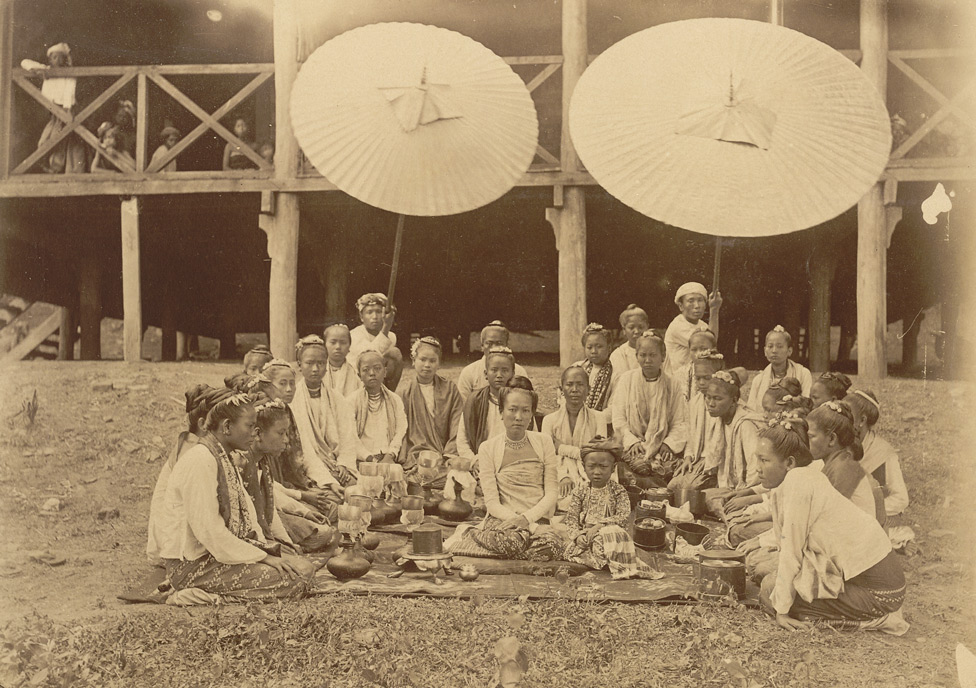 Felice Beato, Wikimedia Commons
Felice Beato, Wikimedia Commons
Demolished Palace
The hotel replaced the Kengtung or Sawbwa Palace, demolished in 1991, where the region’s royal family used to live, a demolition that upset the local population.
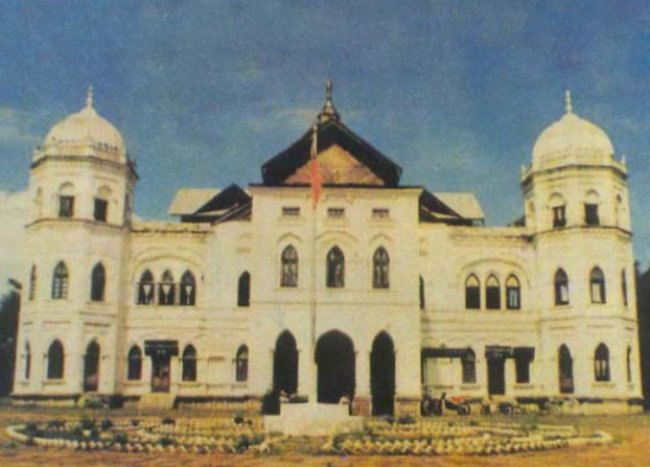 Letboonwaat, Wikimedia Commons
Letboonwaat, Wikimedia Commons
The Spoken Tongue
The Tai Khun speak the Khun language, a member of the Tai group of languages. Khun is written in the Tai Tham script, also known as the Lamma script, unlike most other Shan languages, probably because Kengtung is so close to northern Thailand.
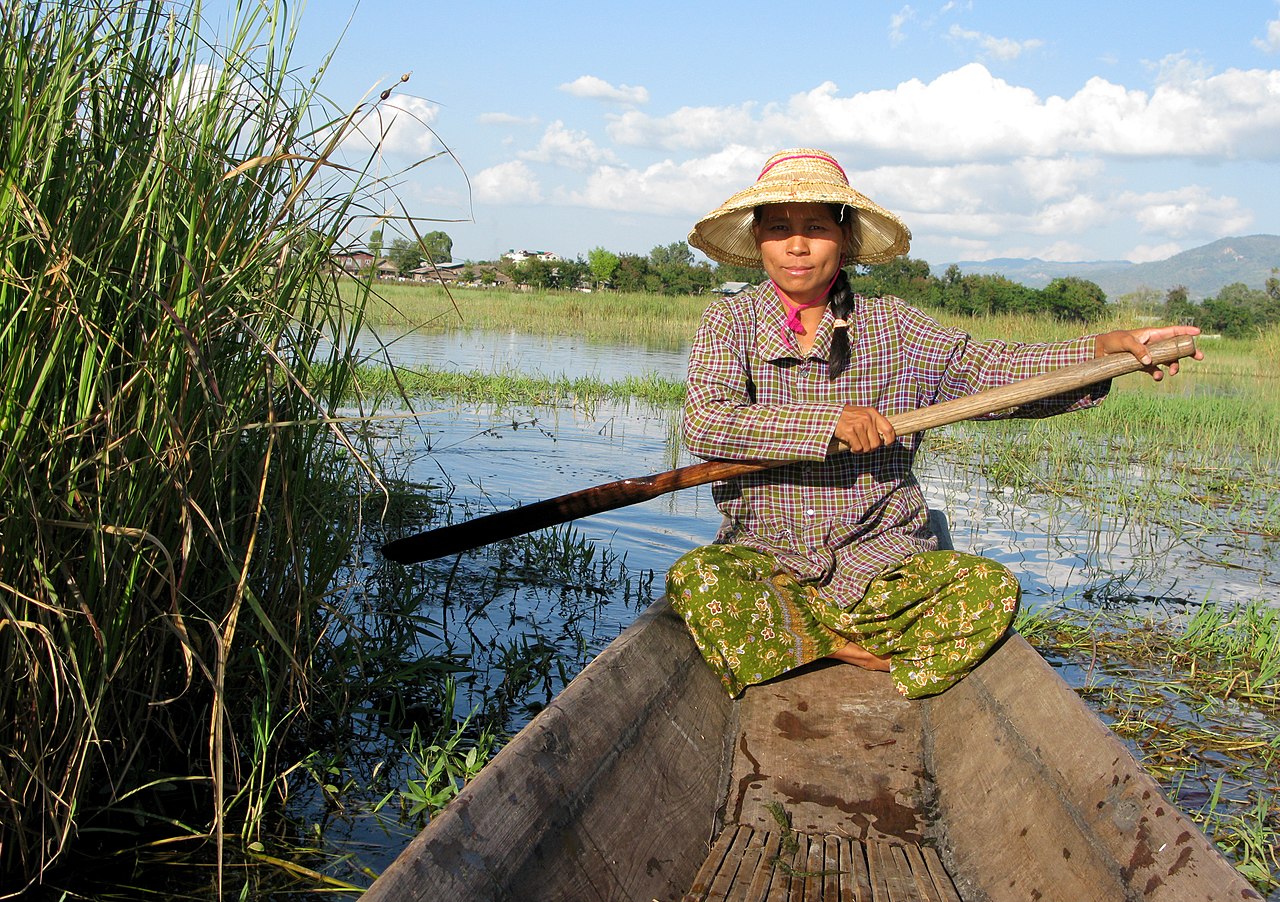 Vyacheslav Argenberg, CC BY 4.0, Wikimedia Commons
Vyacheslav Argenberg, CC BY 4.0, Wikimedia Commons
Reading And Writing
In Myanmar, around 95% of the language’s male speakers and 50% of female speakers can read and write in Khun. Although gender inequality is fairly low in Shan culture, there are still disparities, as can be seen in these figures.
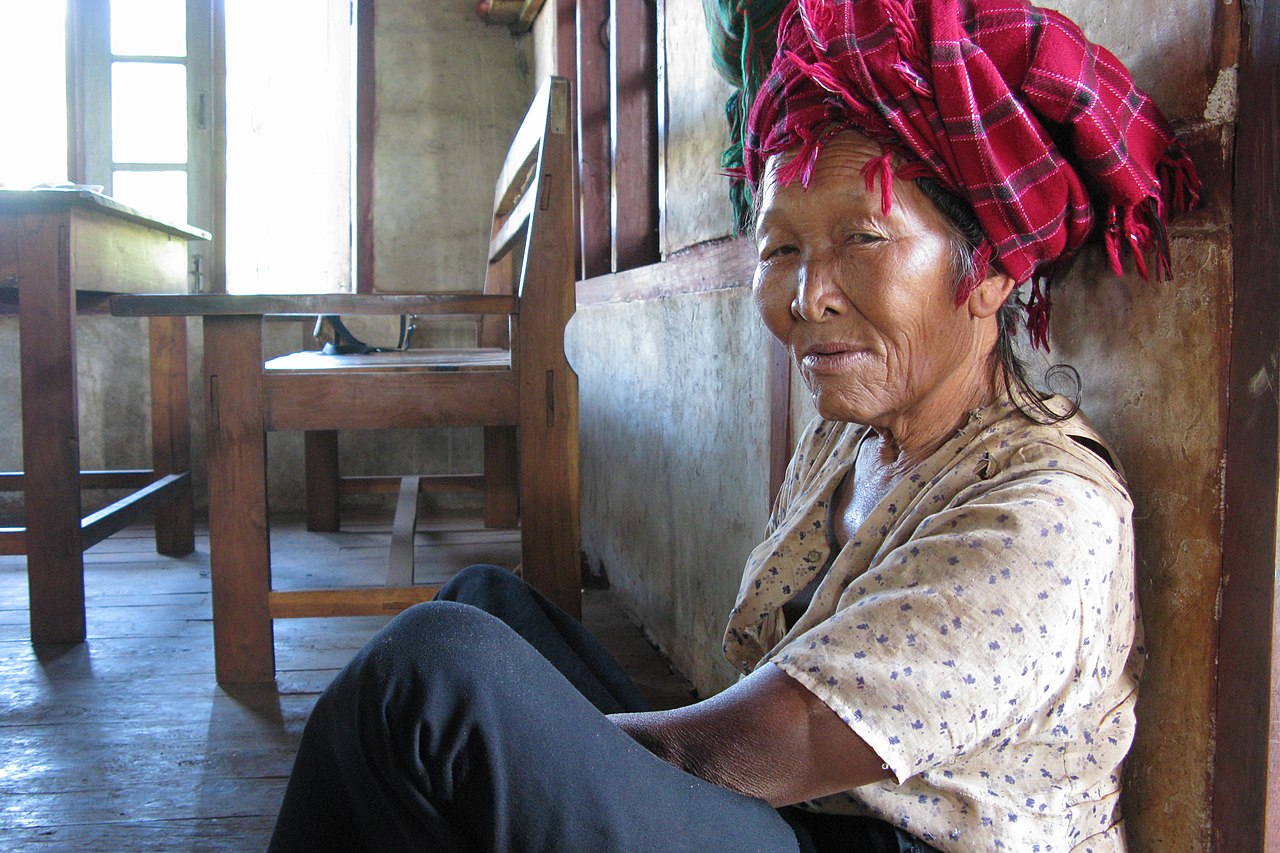 Vyacheslav Argenberg, CC BY 4.0, Wikimedia Commons
Vyacheslav Argenberg, CC BY 4.0, Wikimedia Commons
Also Heard
Besides its base in Kengtung region, Khun is spoken in China’s Yunnan province, Thailand’s Chiang Mai and Chiang Rai provinces, and Laos’s Luang Prabang province.
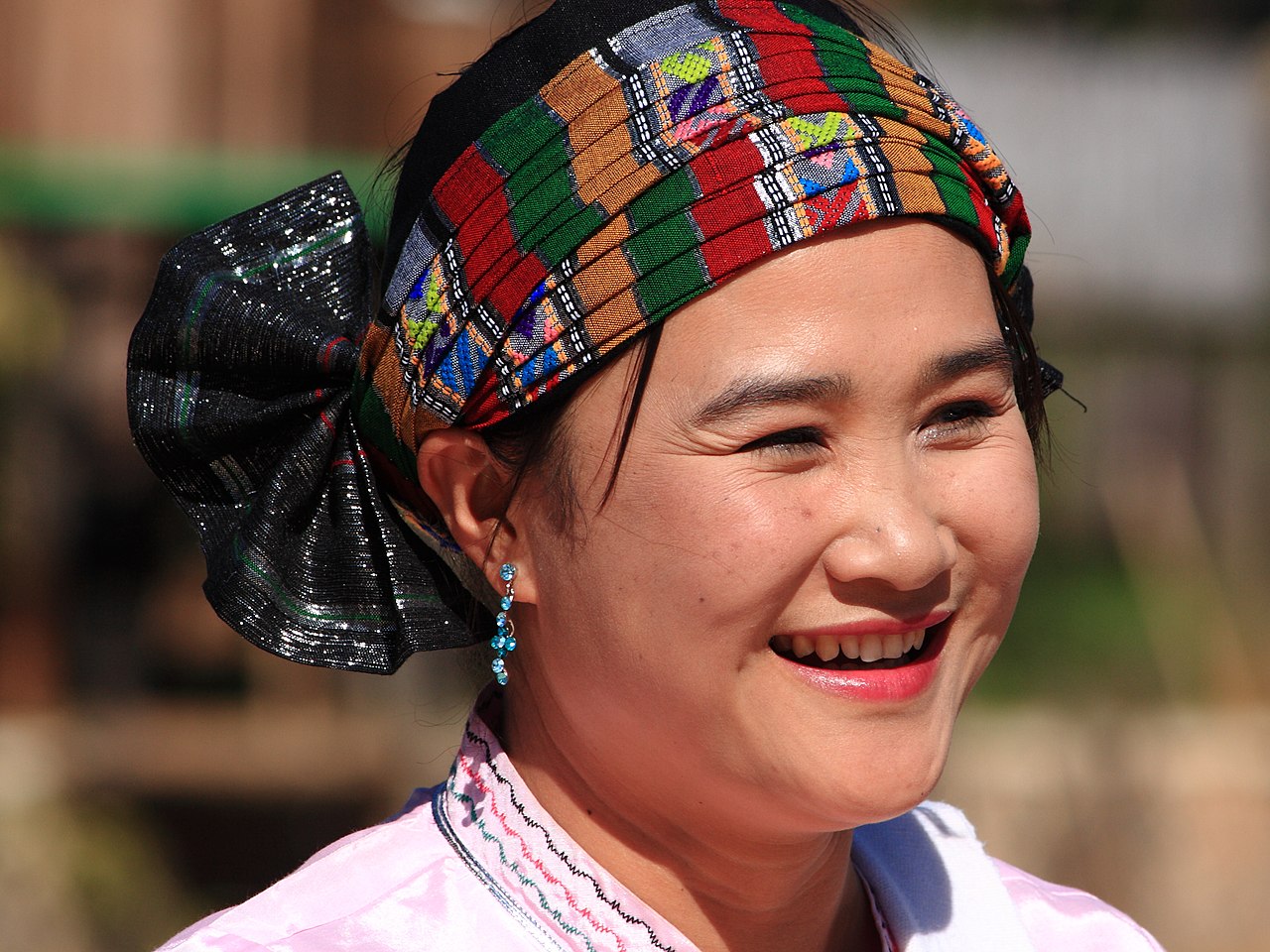 Damien Halleux Radermecker, CC BY-SA 2.0, Wikimedia Commons
Damien Halleux Radermecker, CC BY-SA 2.0, Wikimedia Commons
Similar Sounds
The Khun language is related to the Thai and Lao languages, a reminder that the Tai Khun people historically have often had stronger connections to the east than to Burmese culture to the west.
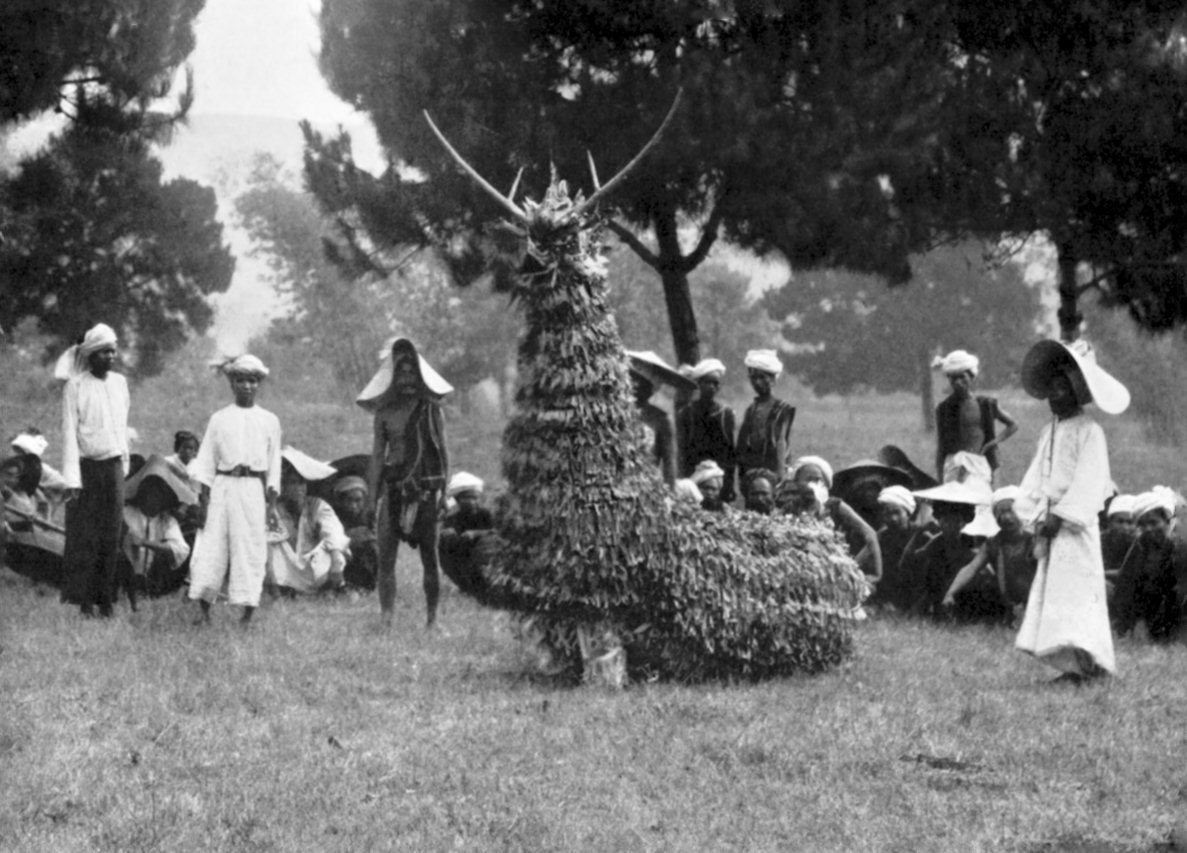 R. W. Marshall, Wikimedia Commons
R. W. Marshall, Wikimedia Commons
Official Burmese
Myanmar’s central government favors the Burmese language, the country’s official tongue, over local Shan and indigenous languages.
As a result, it’s Buddhist temples that often provide instruction in the Khun language rather than local schools.
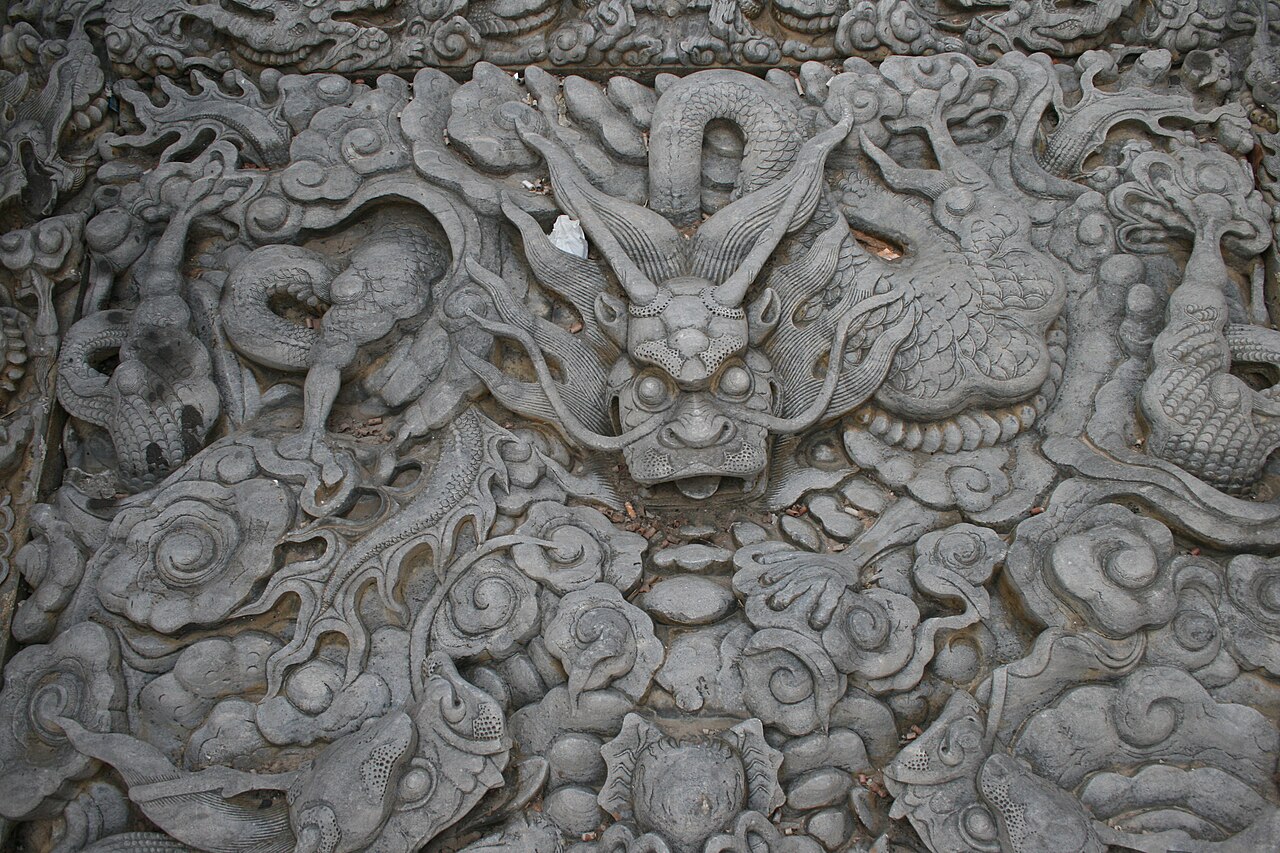 Gary Todd, CC0, Wikimedia Commons
Gary Todd, CC0, Wikimedia Commons
Filled With Monasteries
The town of Kengtung has around thirty Buddhist temples, referred to by the Shan word wat. The golden pagoda of Zom Kham Temple, dating to the 13th century, is particularly imposing.
Standing Tall
Ya Taw Mu is a giant standing Buddha that overlooks Naung Tung Lake. It’s 20 meters tall (66 feet), and is very recent, completed in 2000.
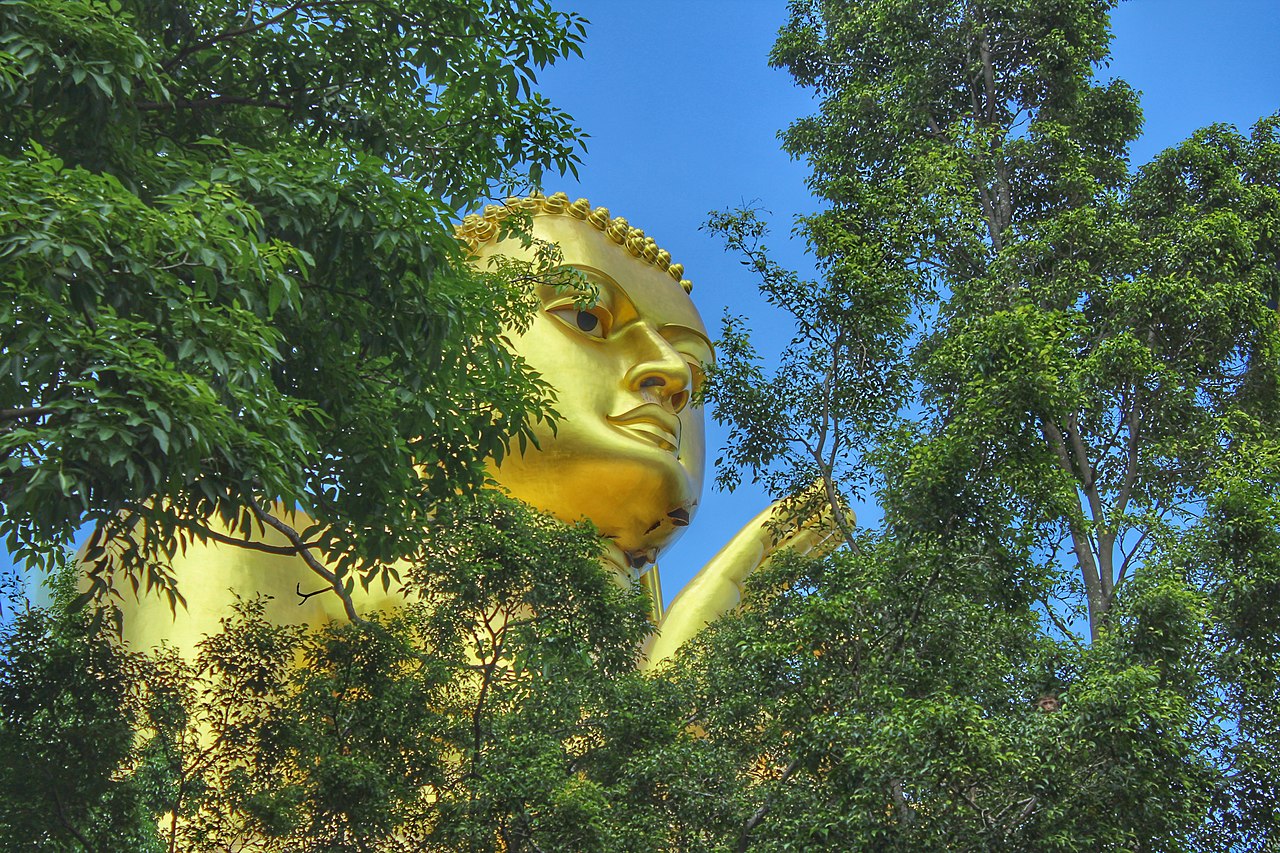 Nadeeshan Thabrew, CC BY-SA 4.0, Wikimedia Commons
Nadeeshan Thabrew, CC BY-SA 4.0, Wikimedia Commons
On The Hill
Standing on Kengtung’s tallest hill is the Catholic Sacred Heart Cathedral, offering a great view of the town.
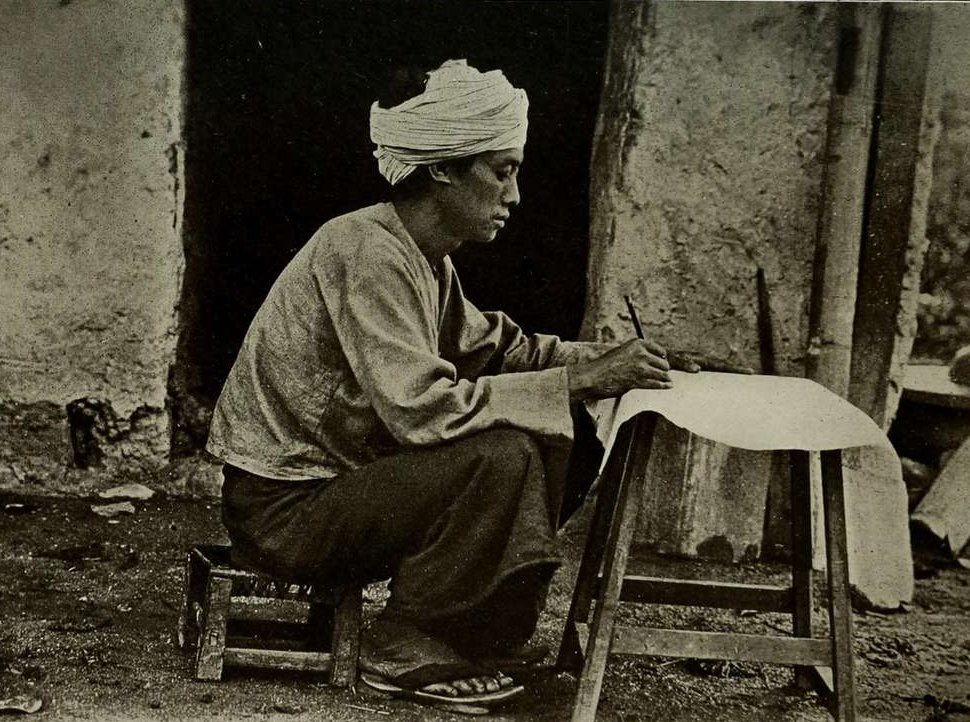 University of British Columbia Library, Picryl
University of British Columbia Library, Picryl
Village Life
Shan villages range from ten to hundreds of households, usually situated near a river or stream and close to a Buddhist temple.
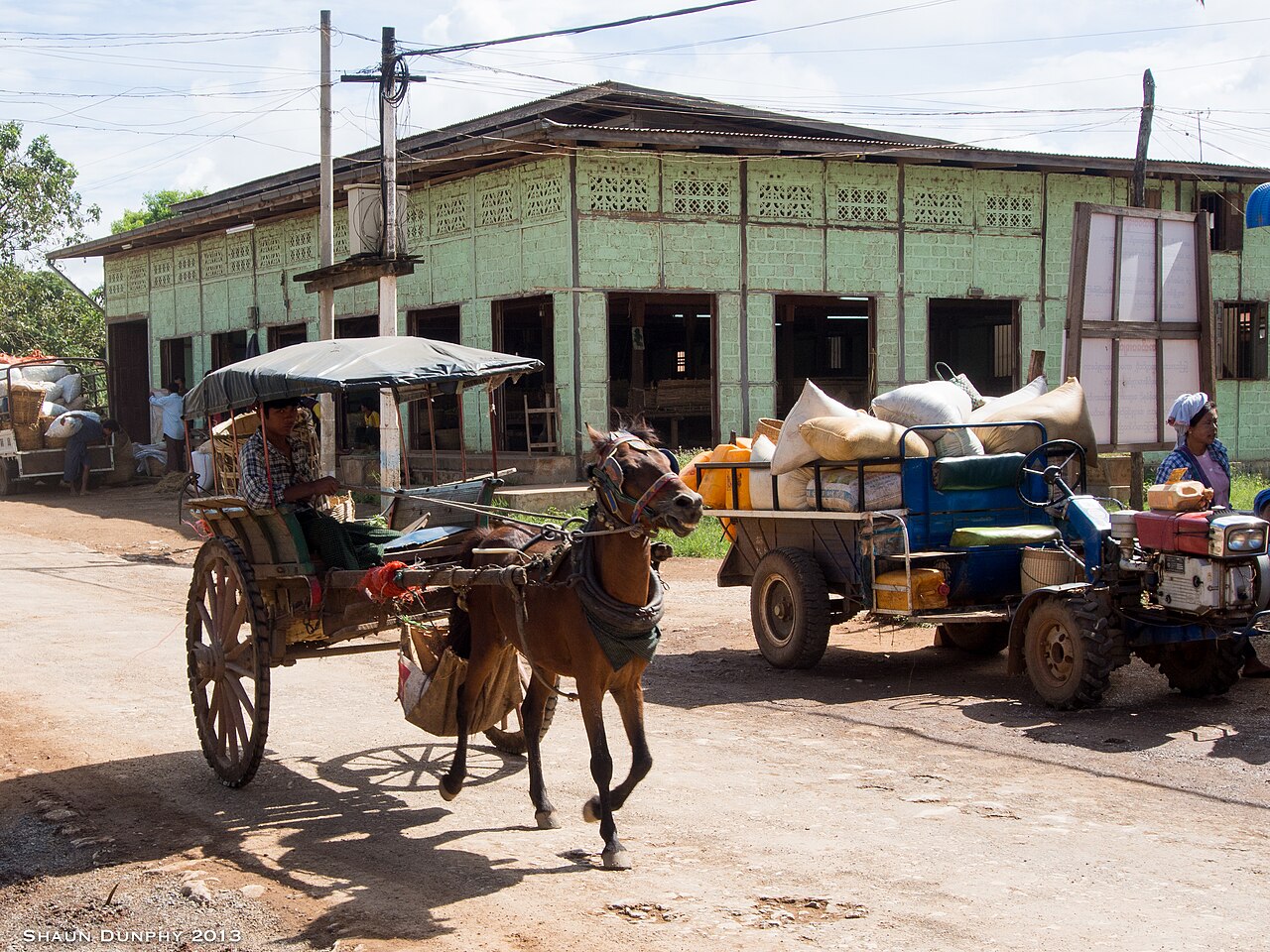 ReflectedSerendipity, CC BY-SA 2.0, Wikimedia Commons
ReflectedSerendipity, CC BY-SA 2.0, Wikimedia Commons
Melting Pot
Kengtung is a melting pot for both Shan and other ethnic groups. Besides the Tai-speaking Shan, there are minority tribespeople who mainly live in hill country.
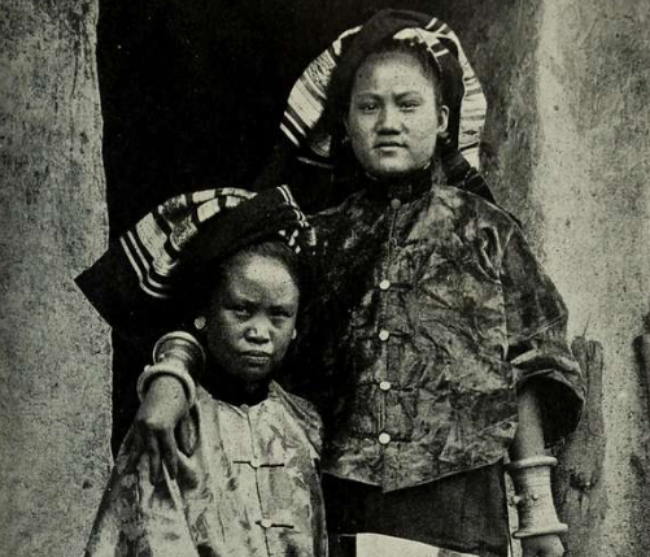 University of British Columbia Library, Picryl
University of British Columbia Library, Picryl
Convergence
All these groups converge on the town’s colorful central market, where even water buffalo for sale can be seen. Tourists might be particularly interested in Tai Khun textiles on display.
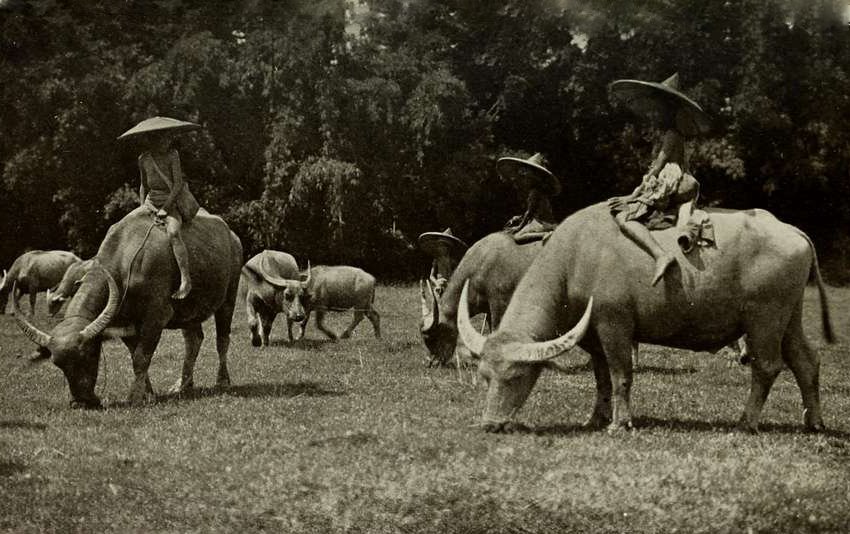 University of British Columbia Library, Picryl
University of British Columbia Library, Picryl
Challenges And Efforts
Teaching the language reflects broader efforts to preserve Tai Khung heritage, honed over many centuries, even as regional complexities add pressure on Tai Khun culture and society.
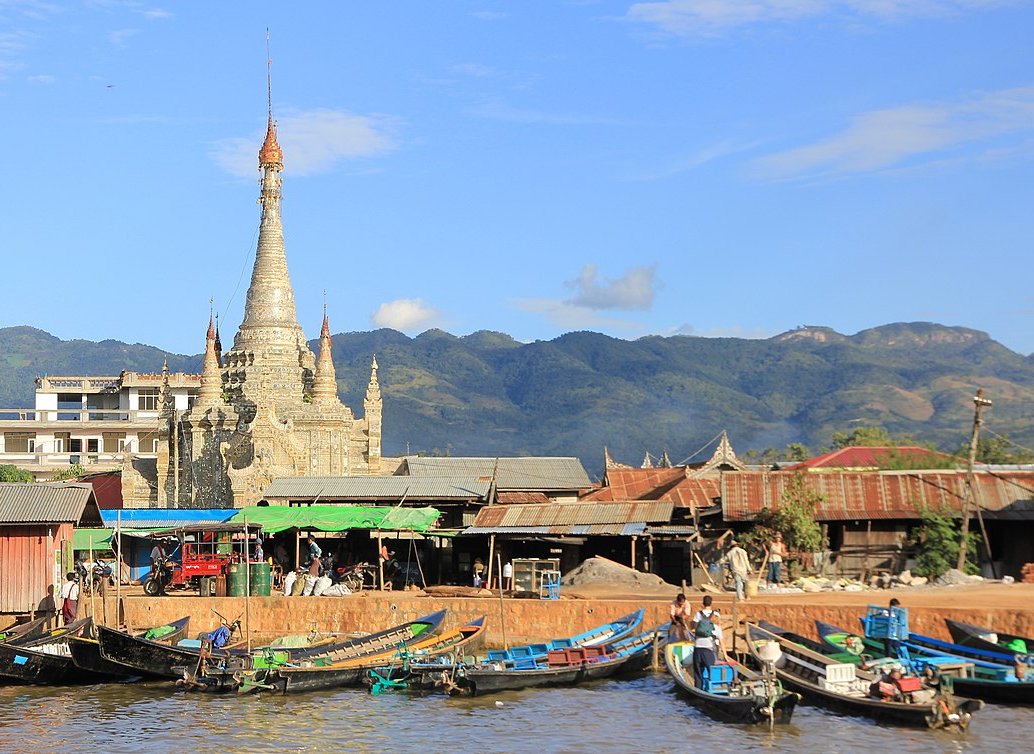 Go-Myanmar, CC BY-SA 3.0, Wikimedia Commons
Go-Myanmar, CC BY-SA 3.0, Wikimedia Commons

